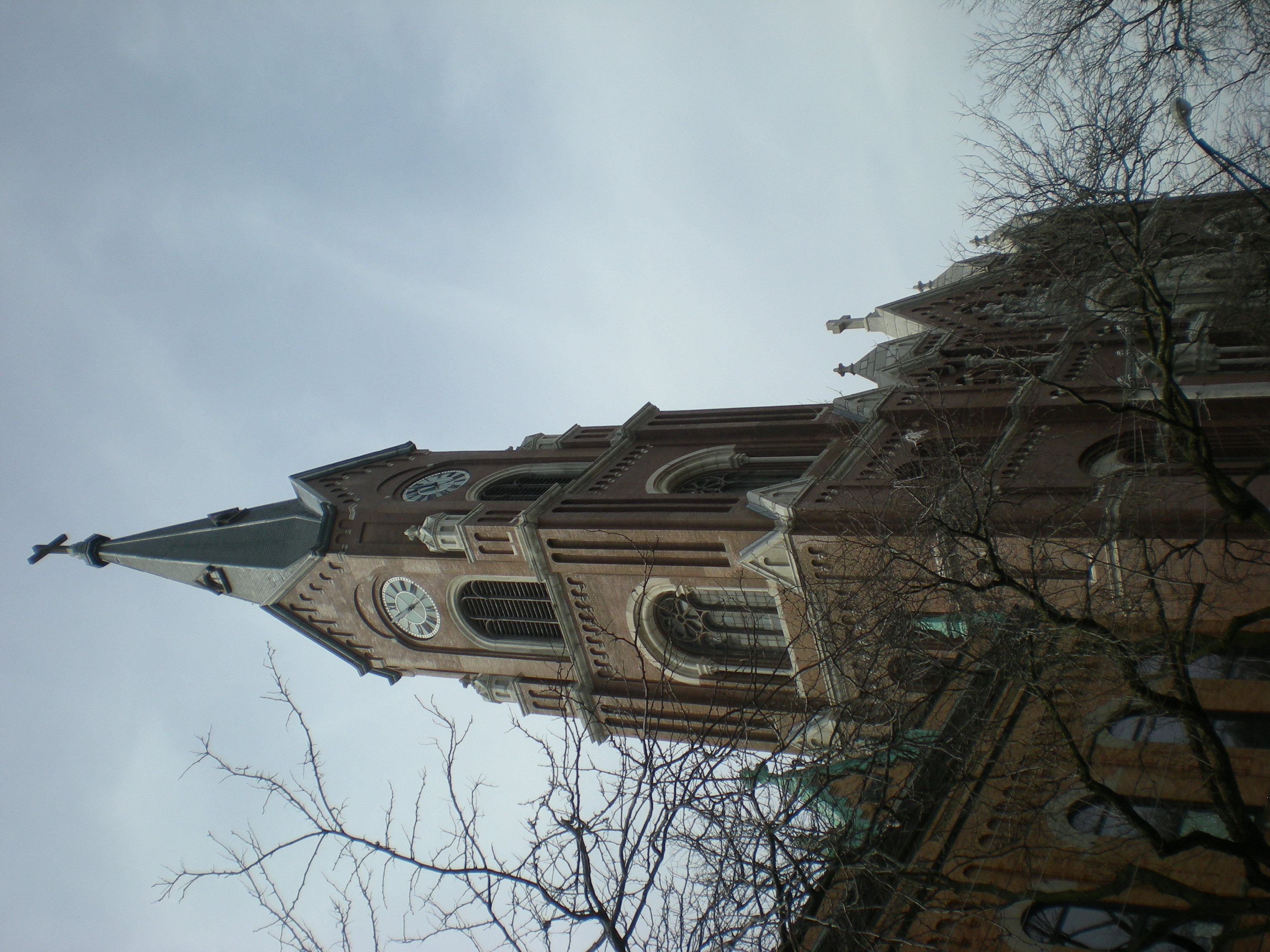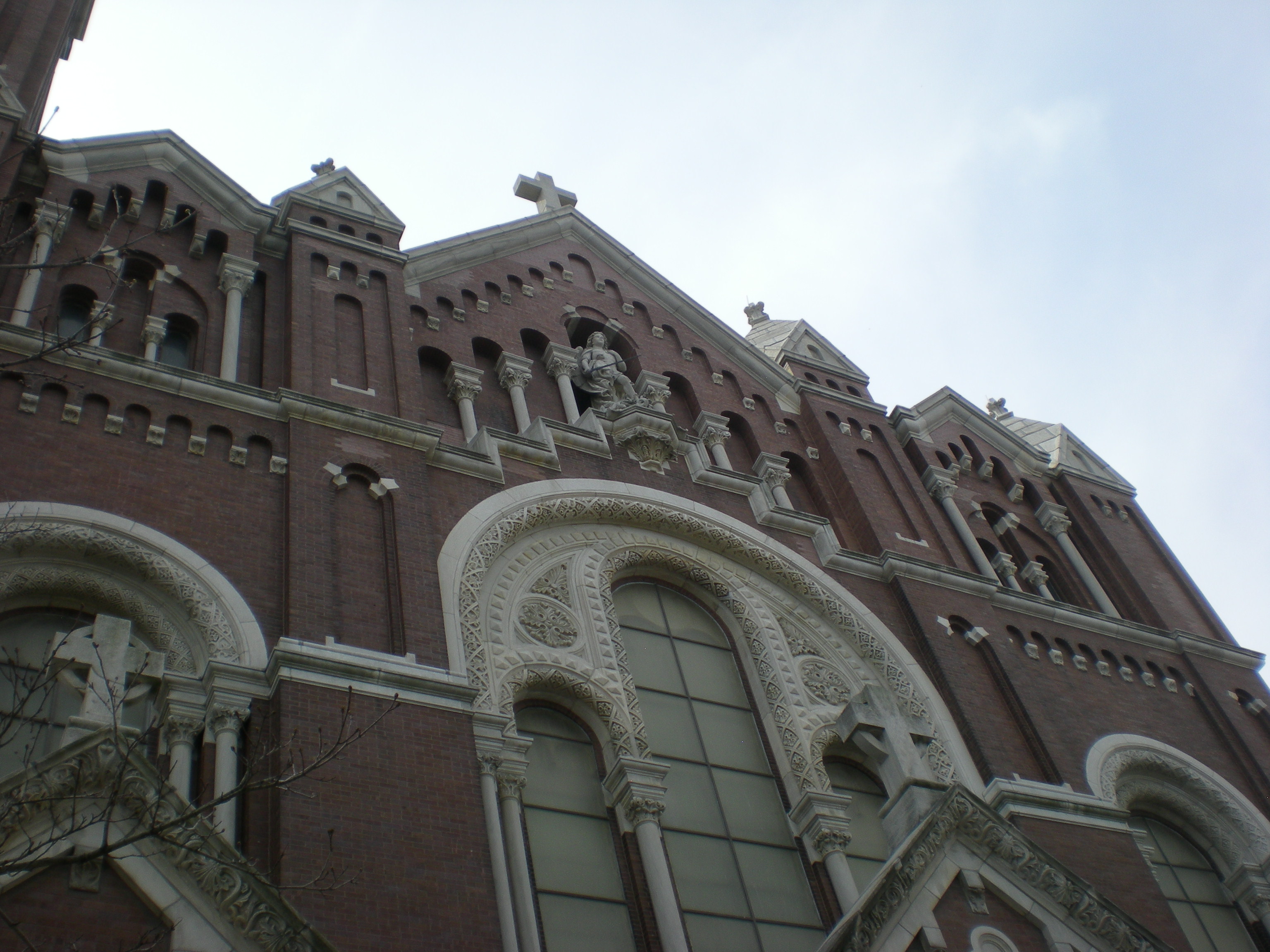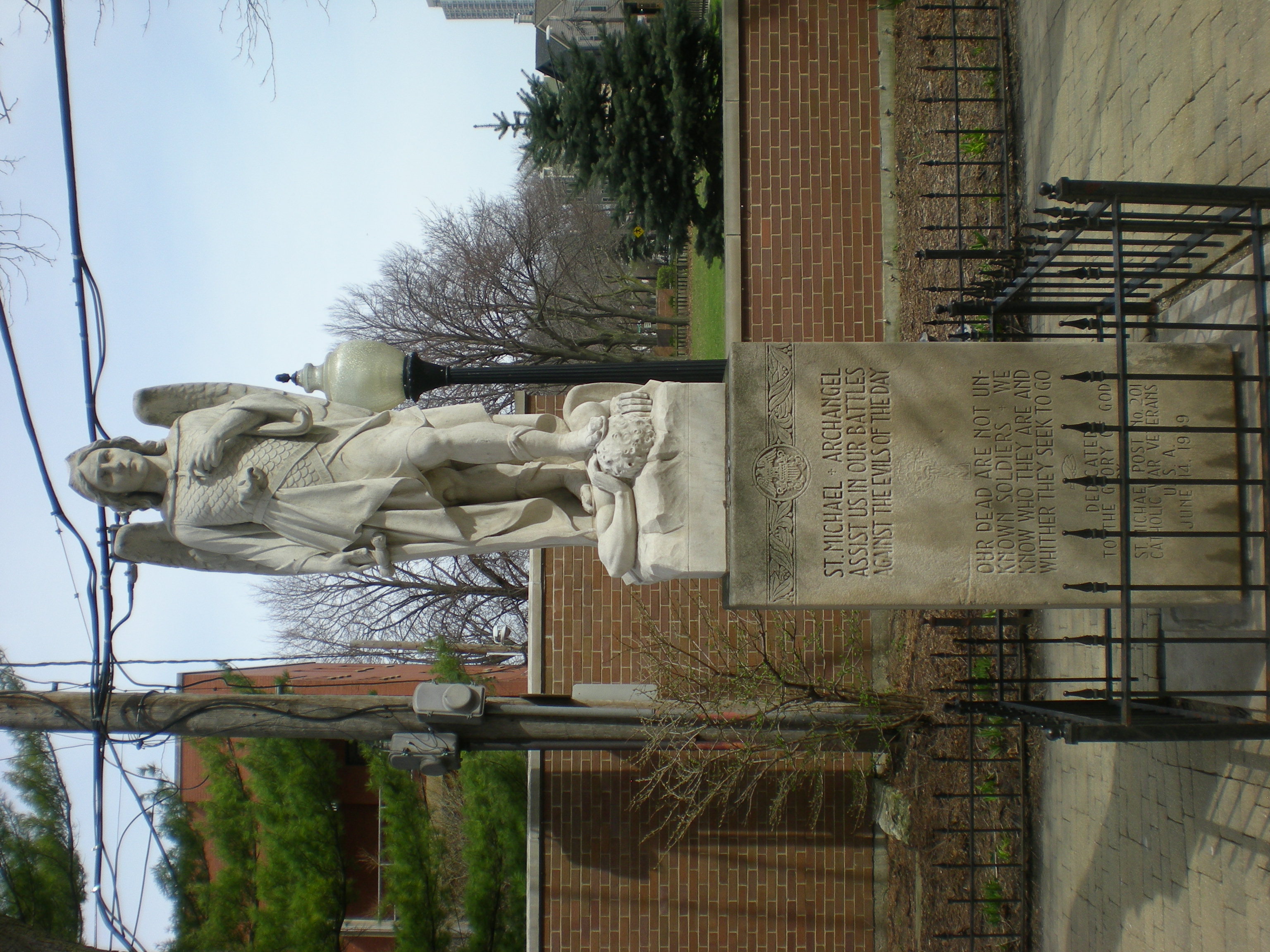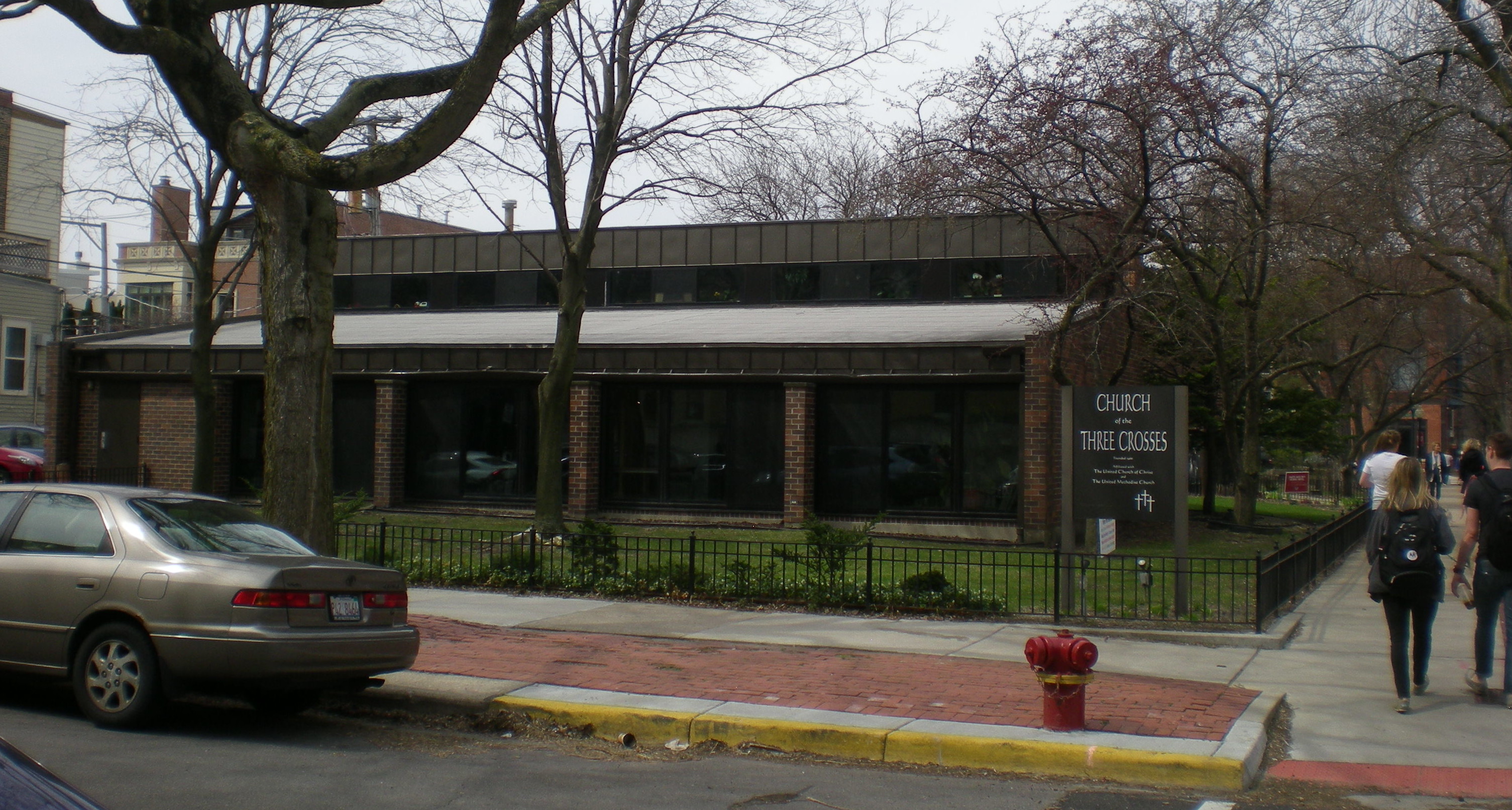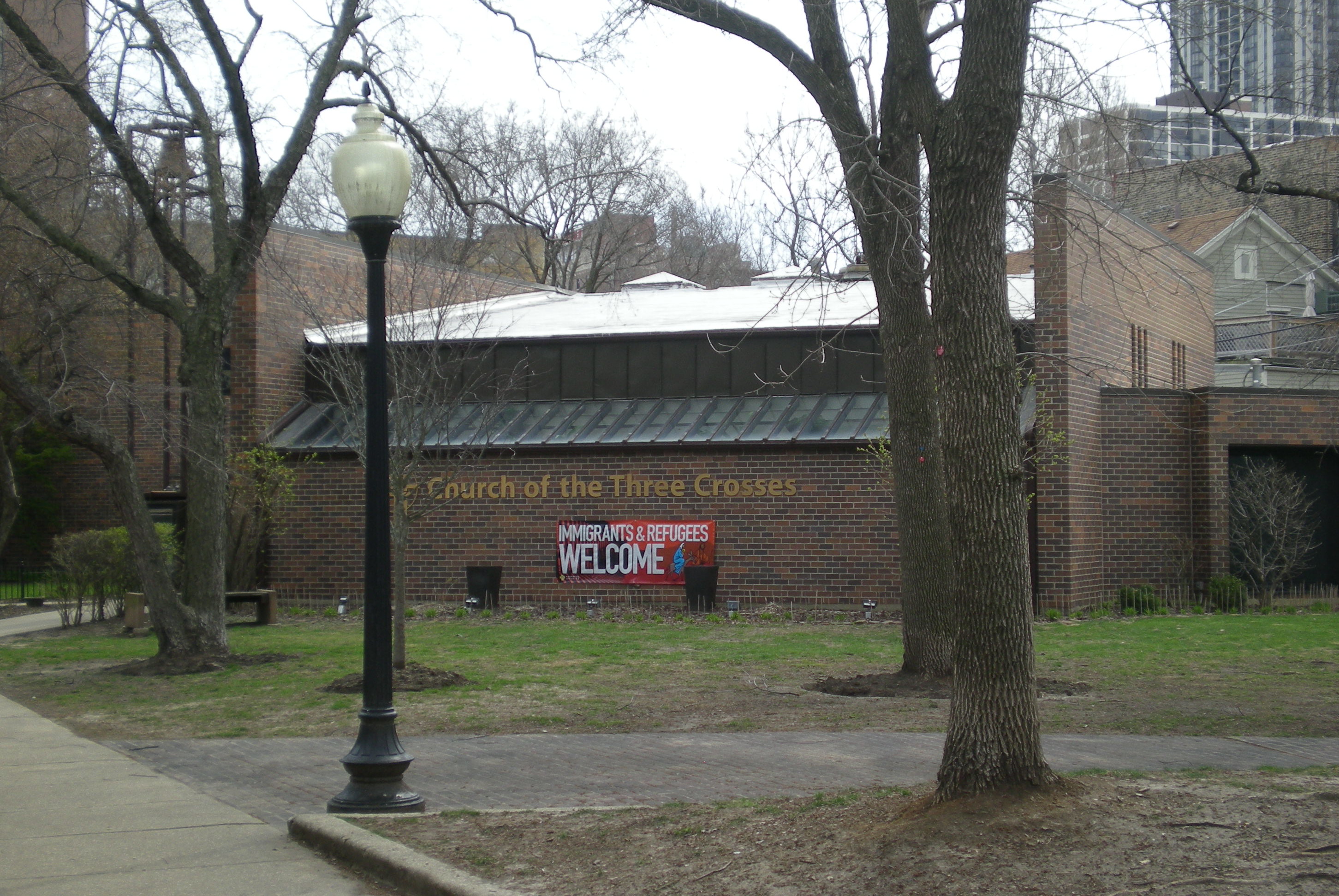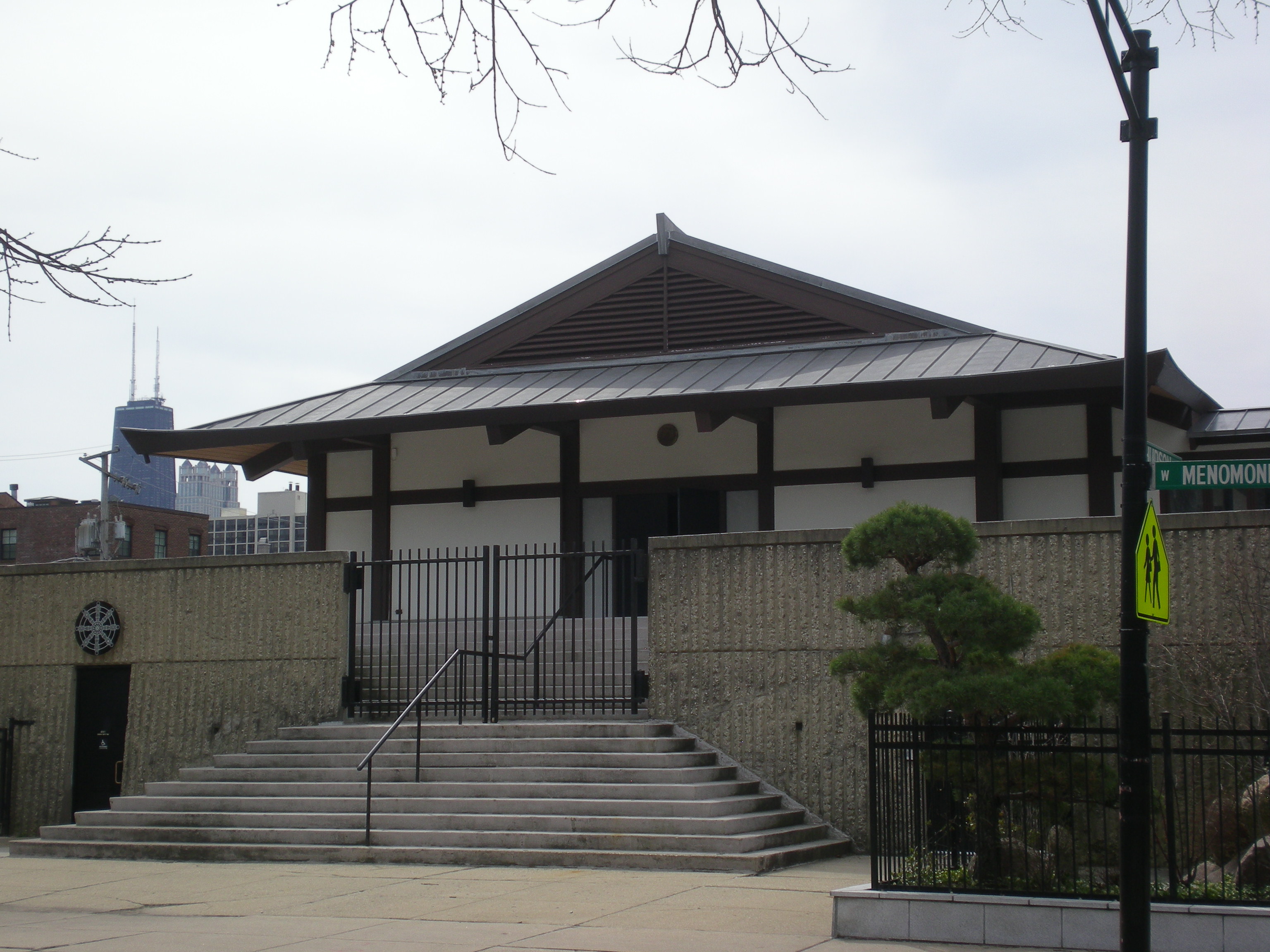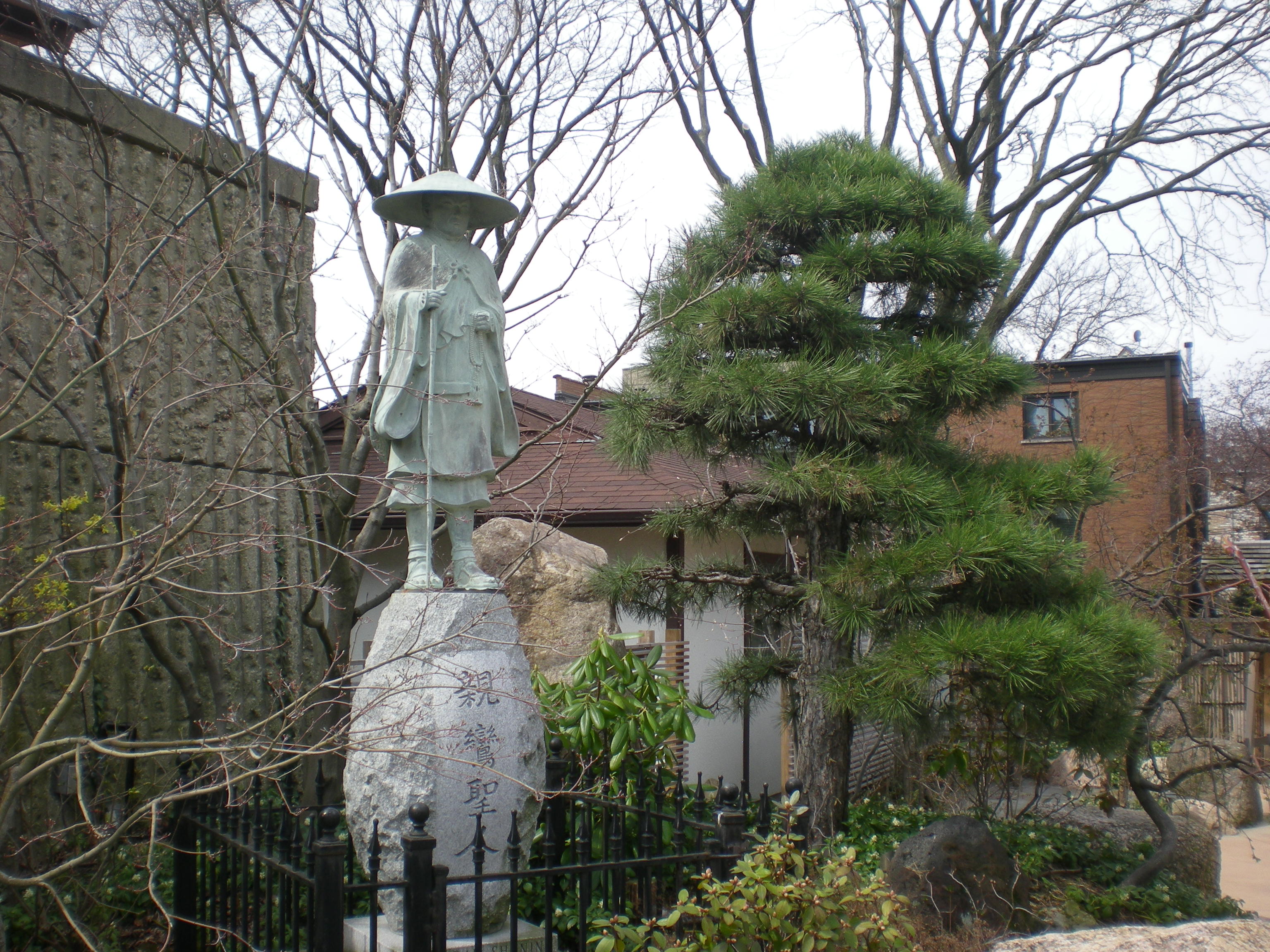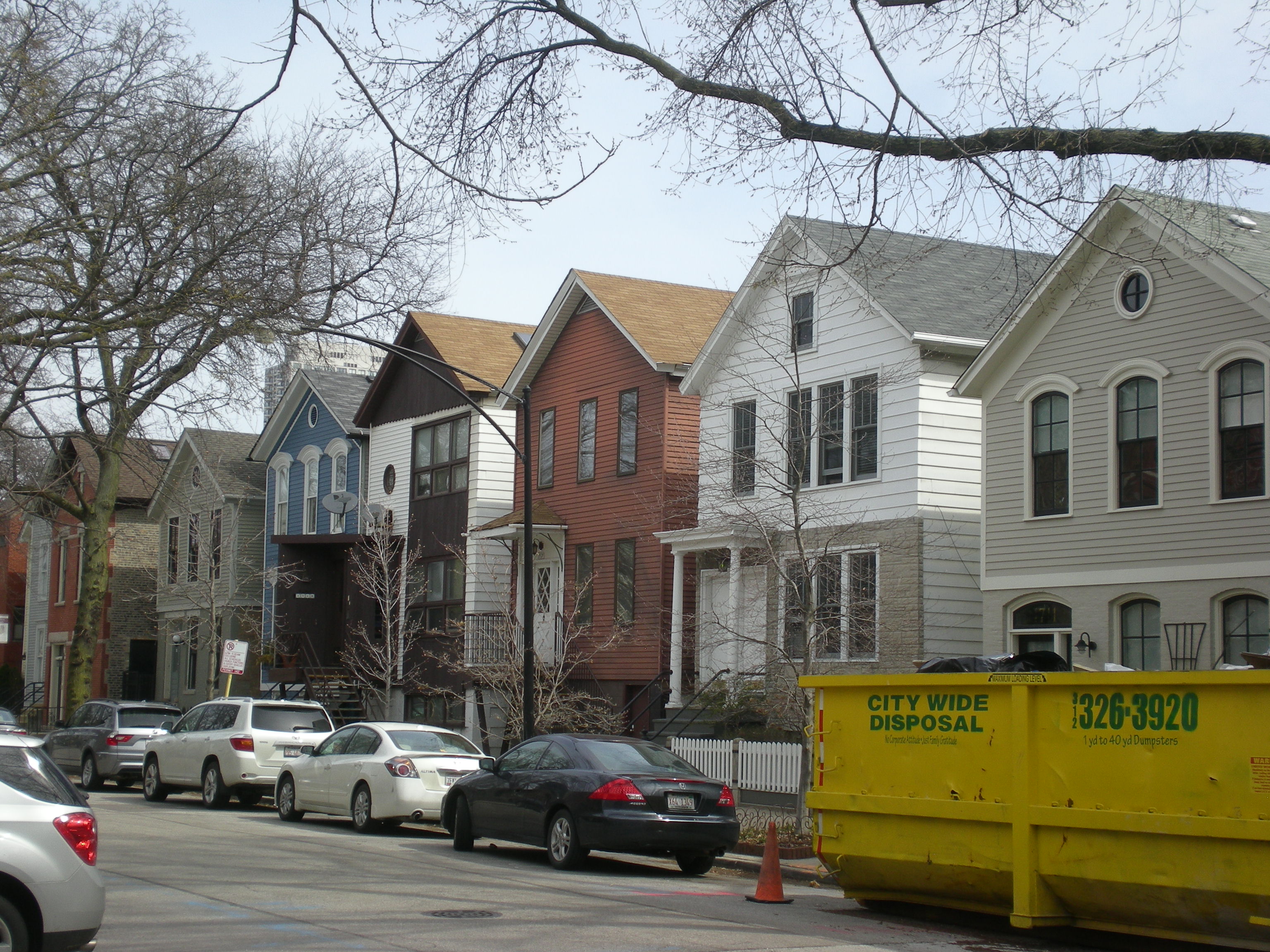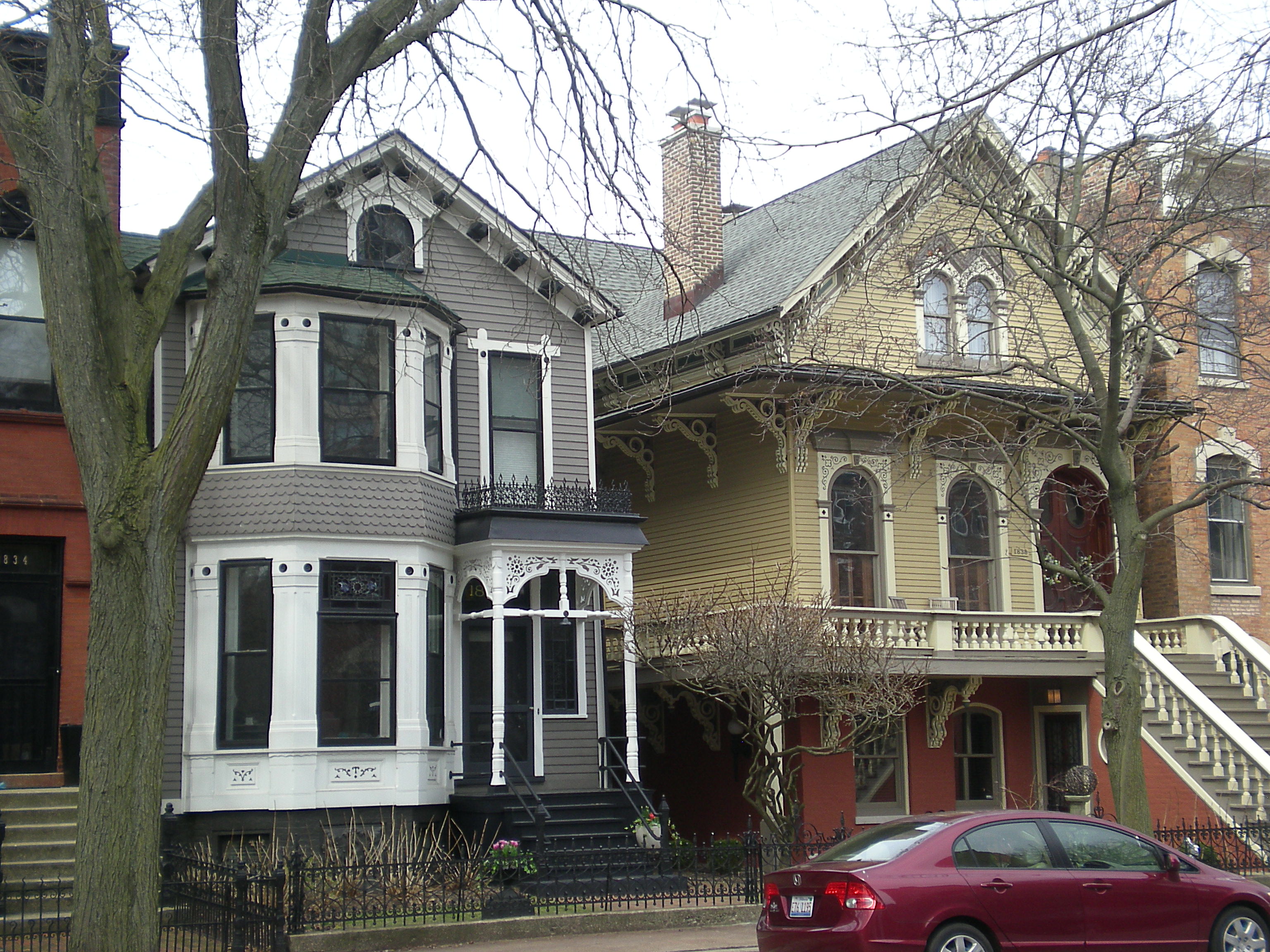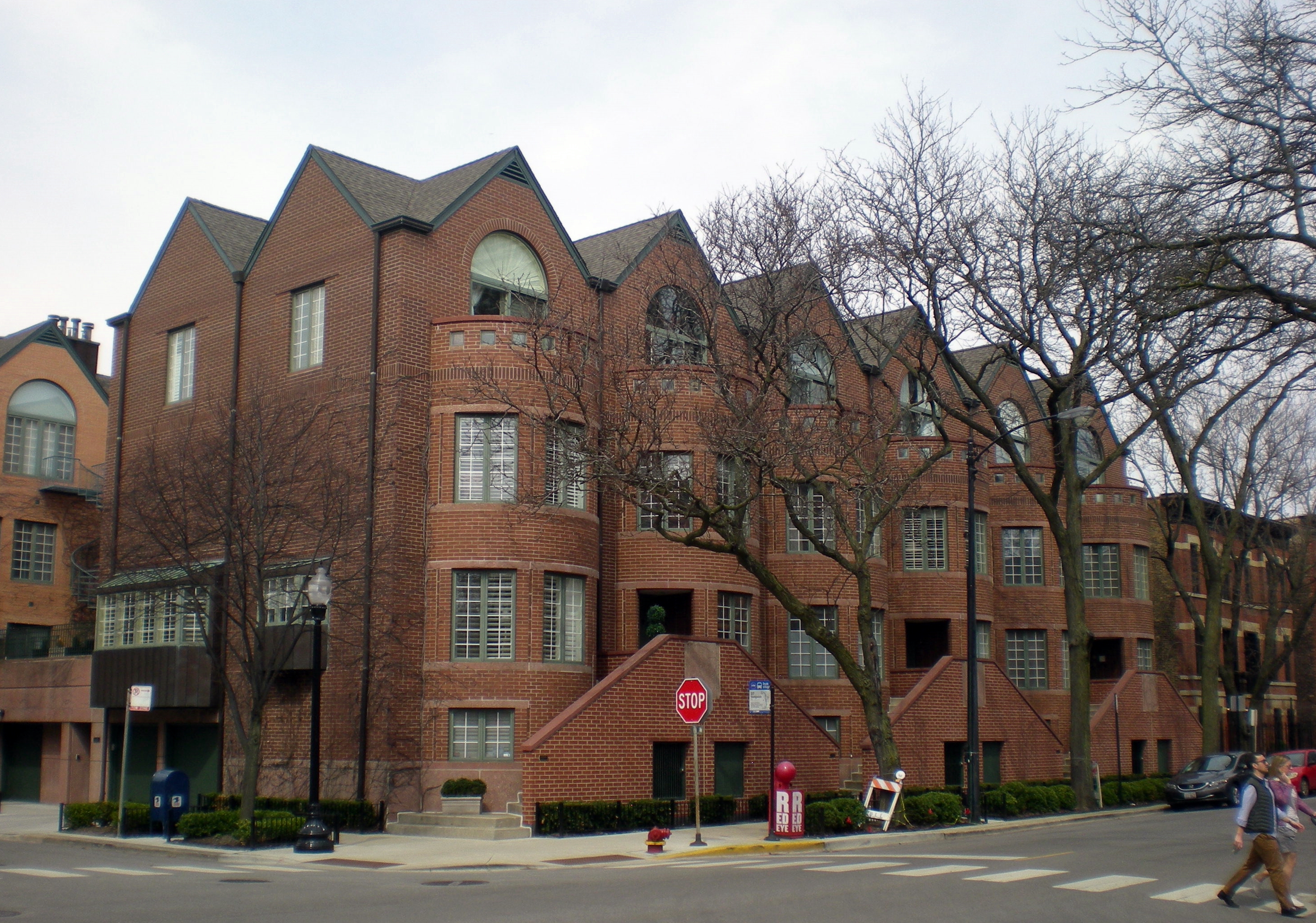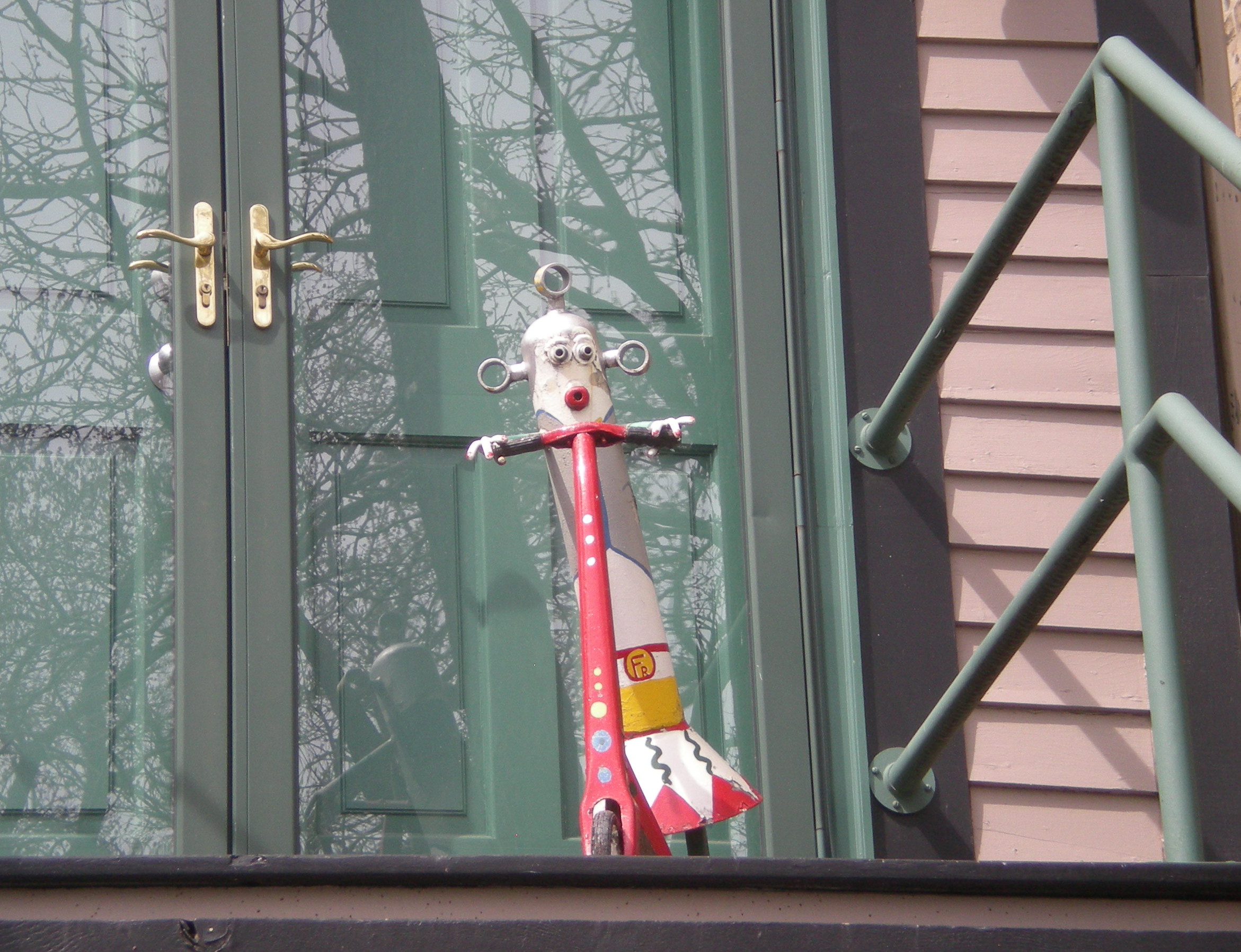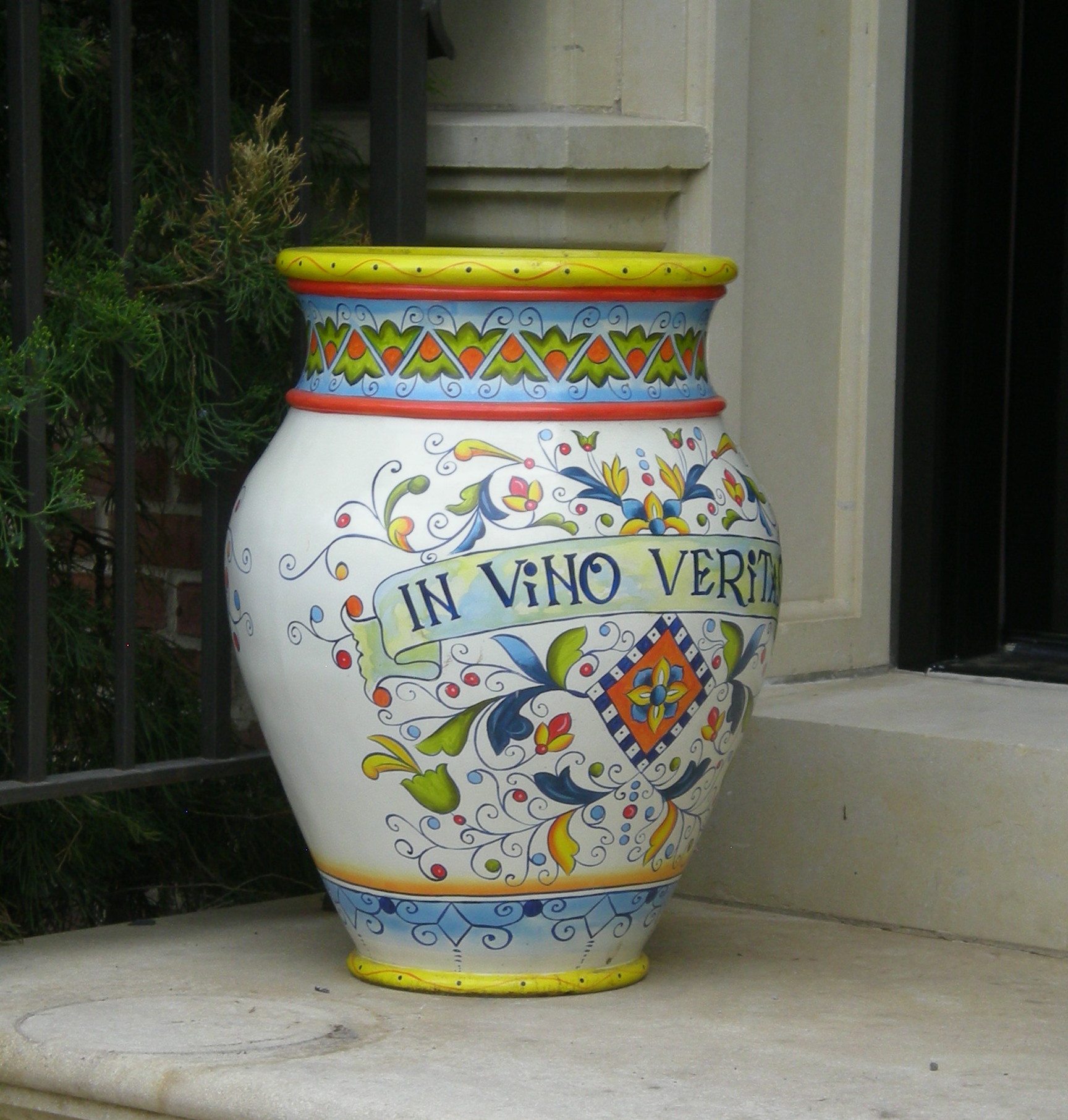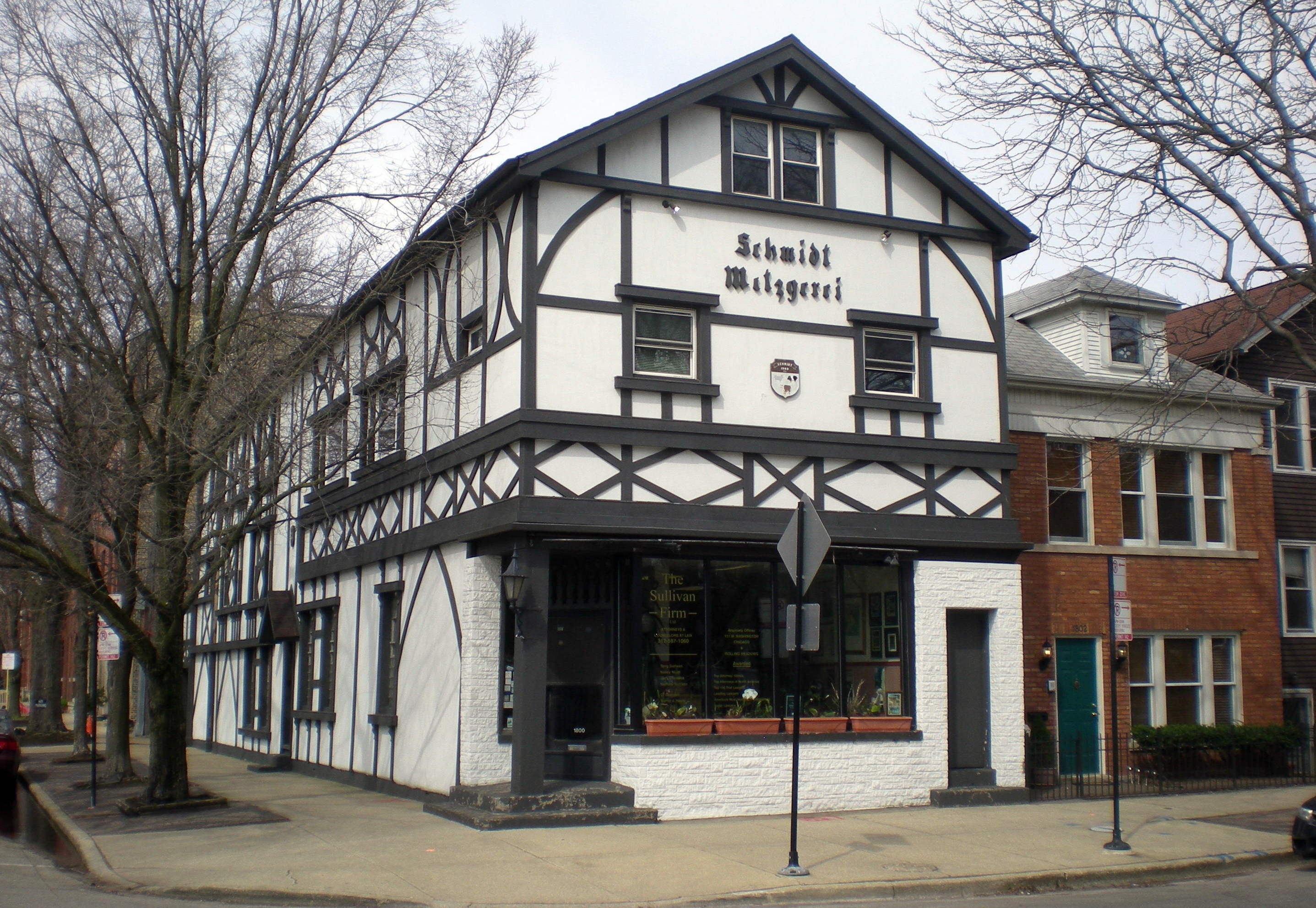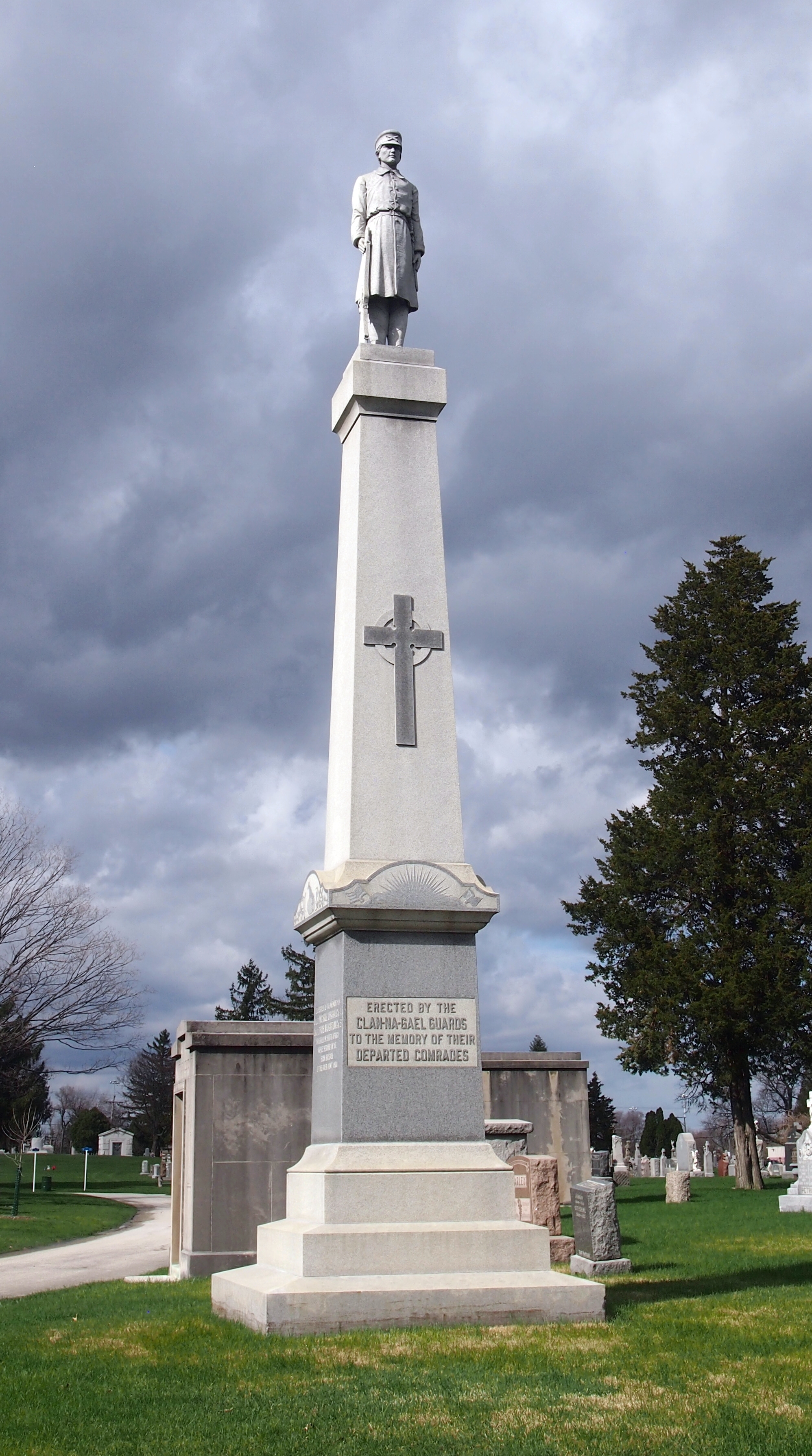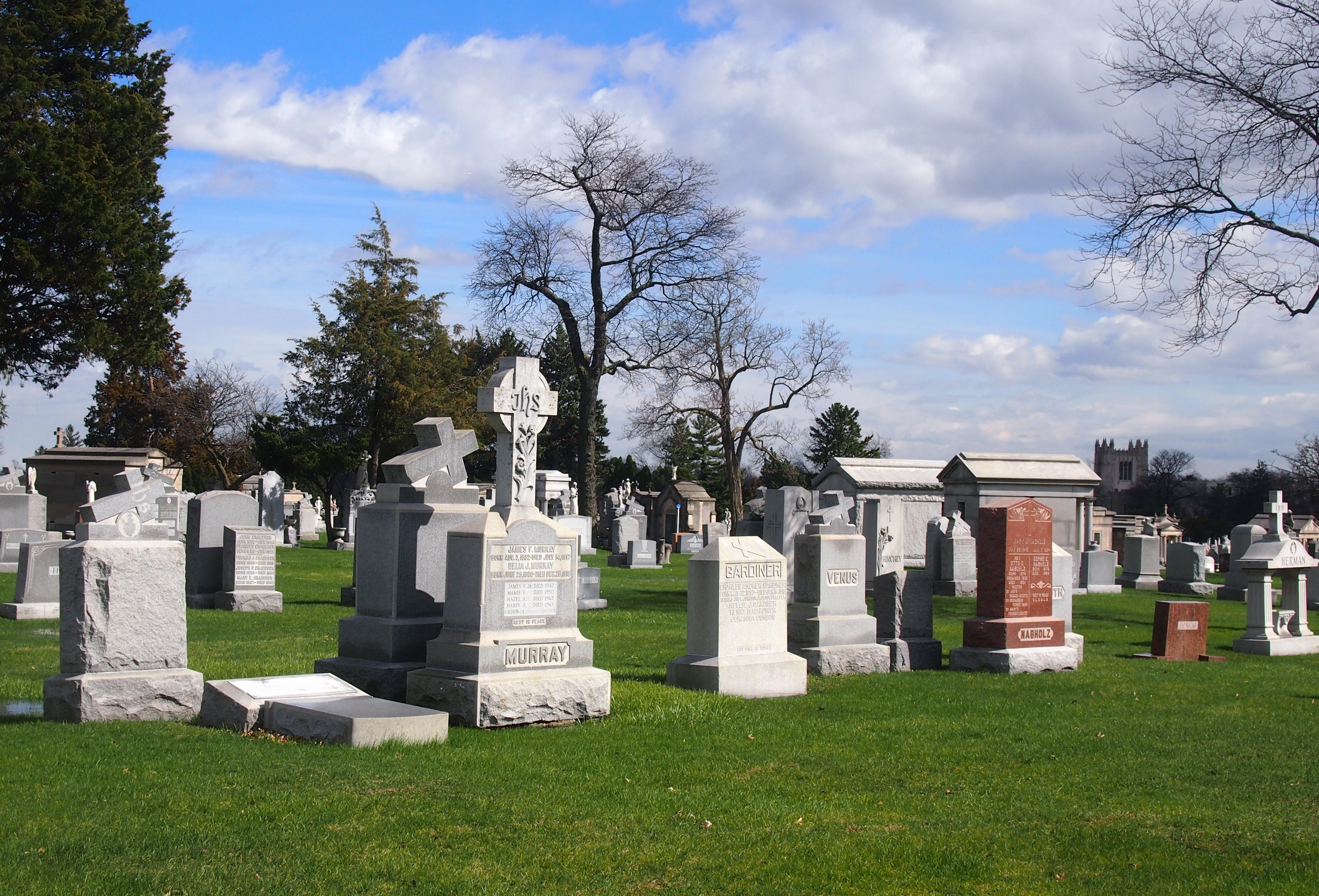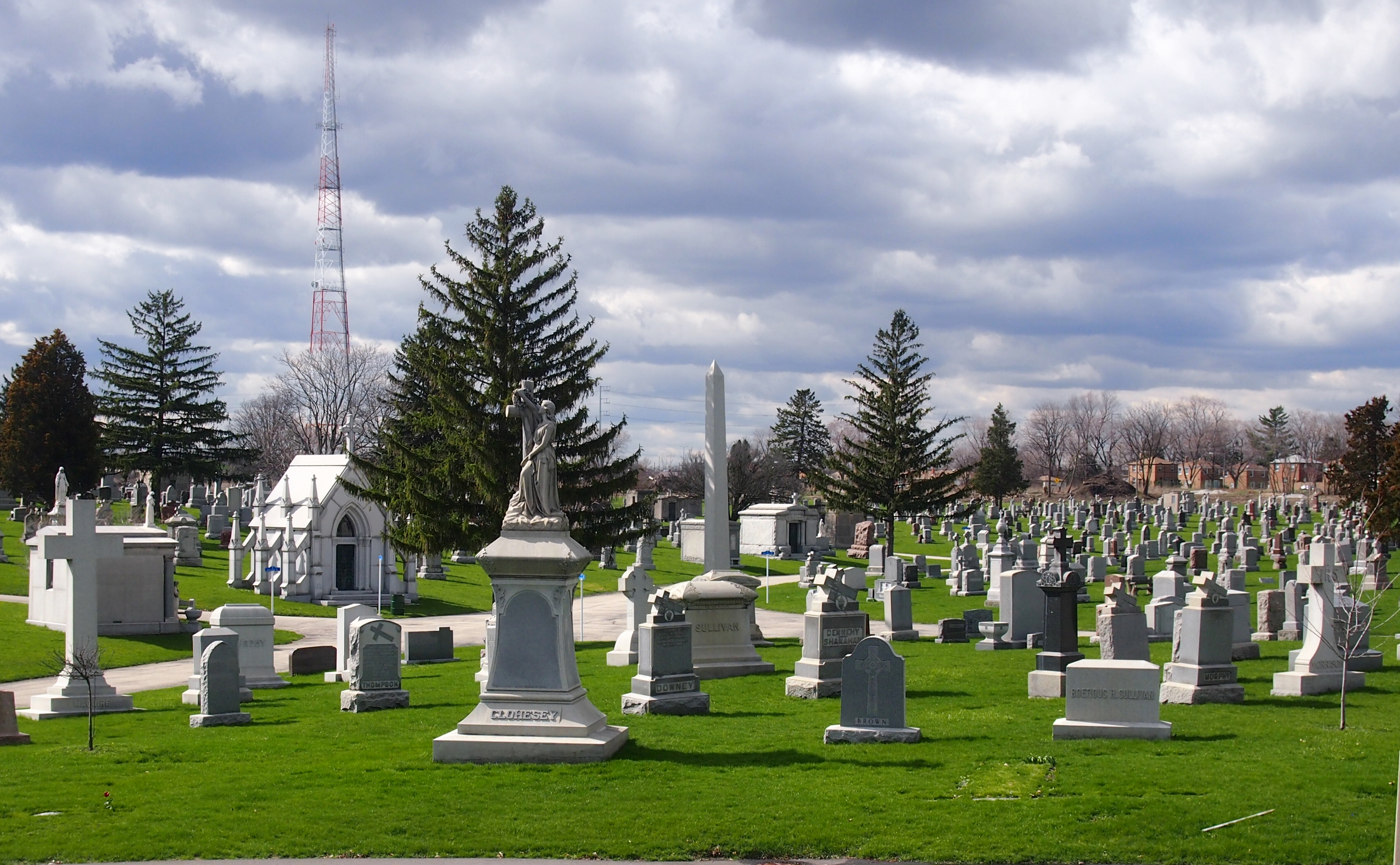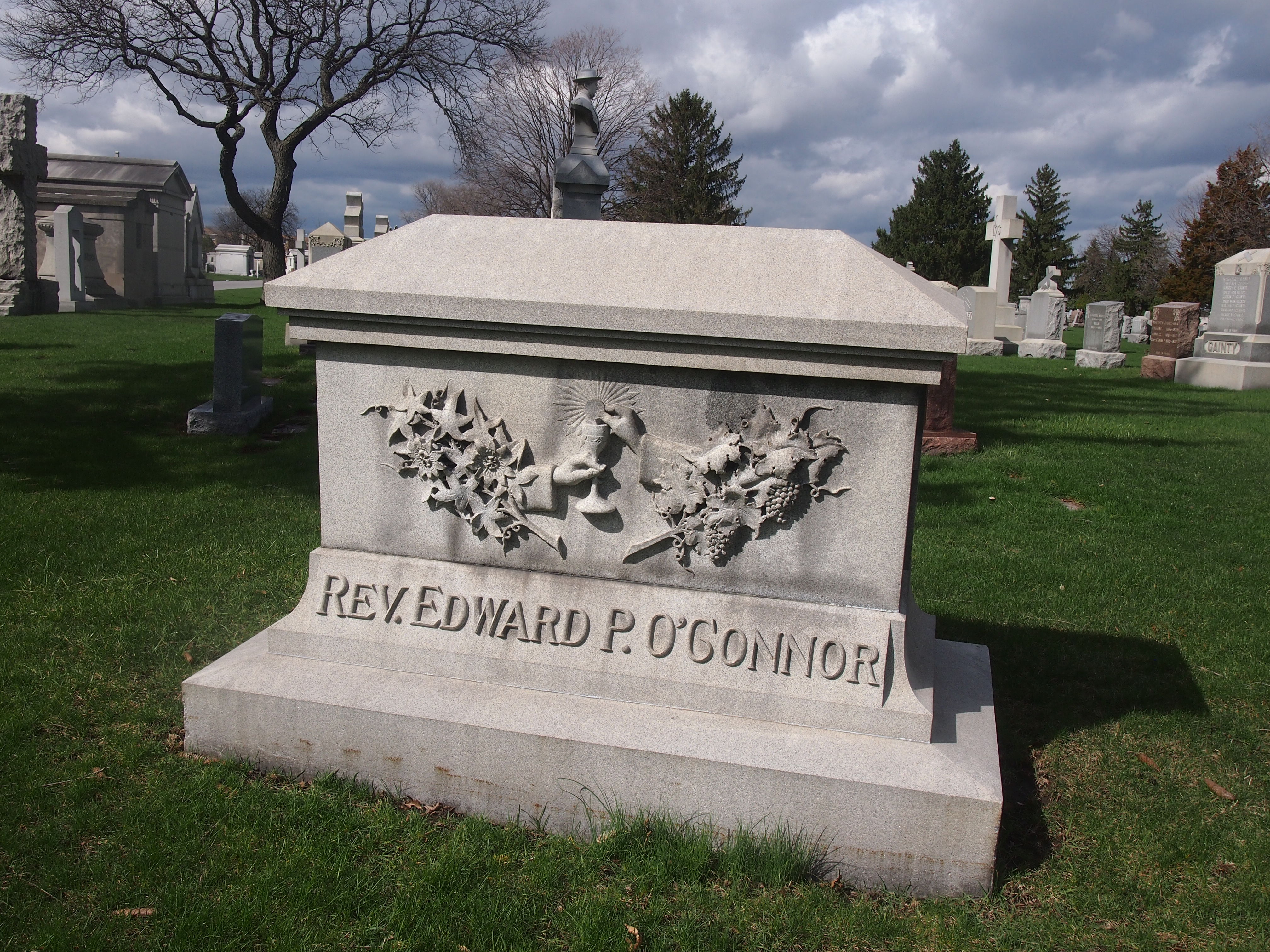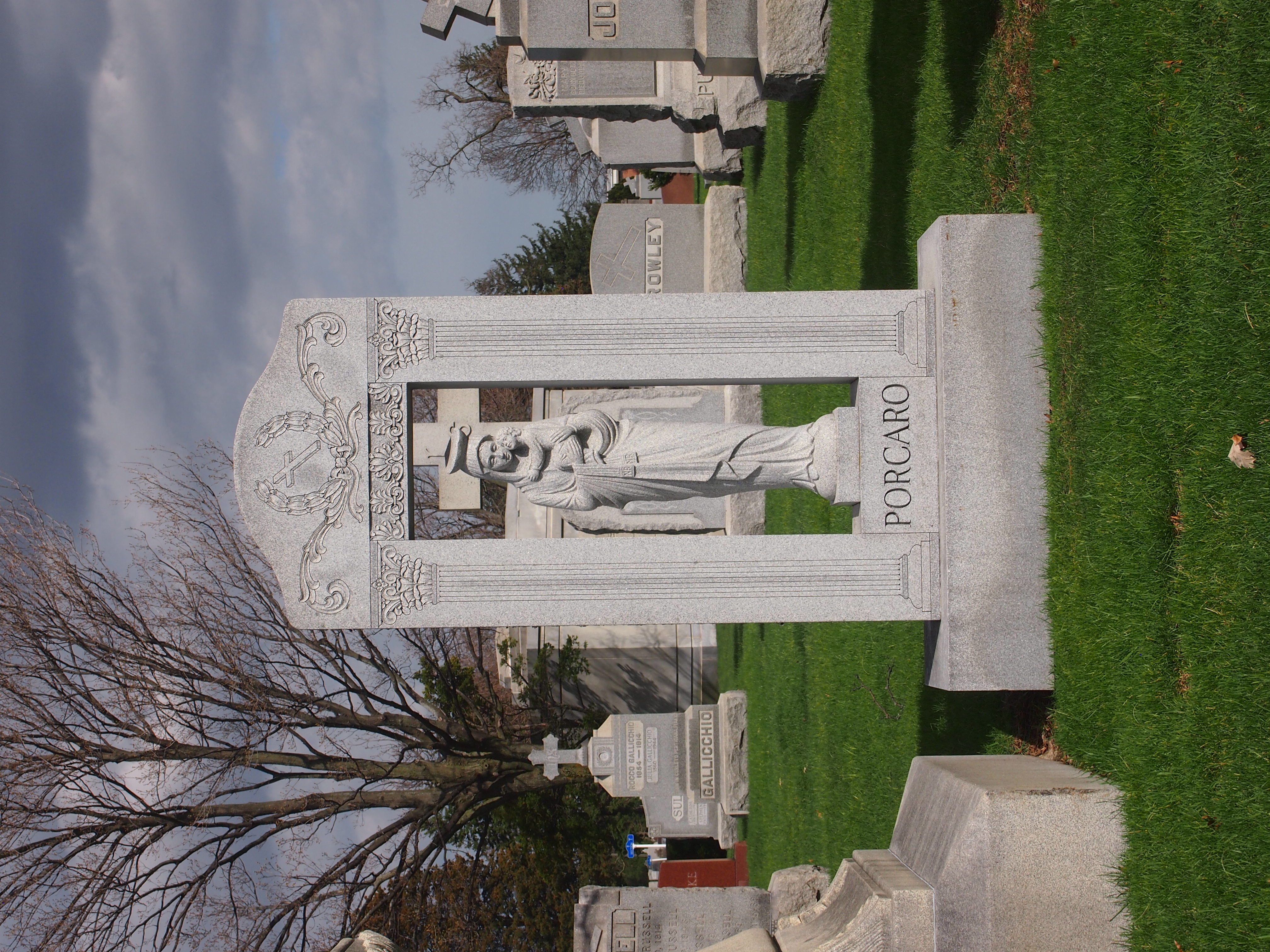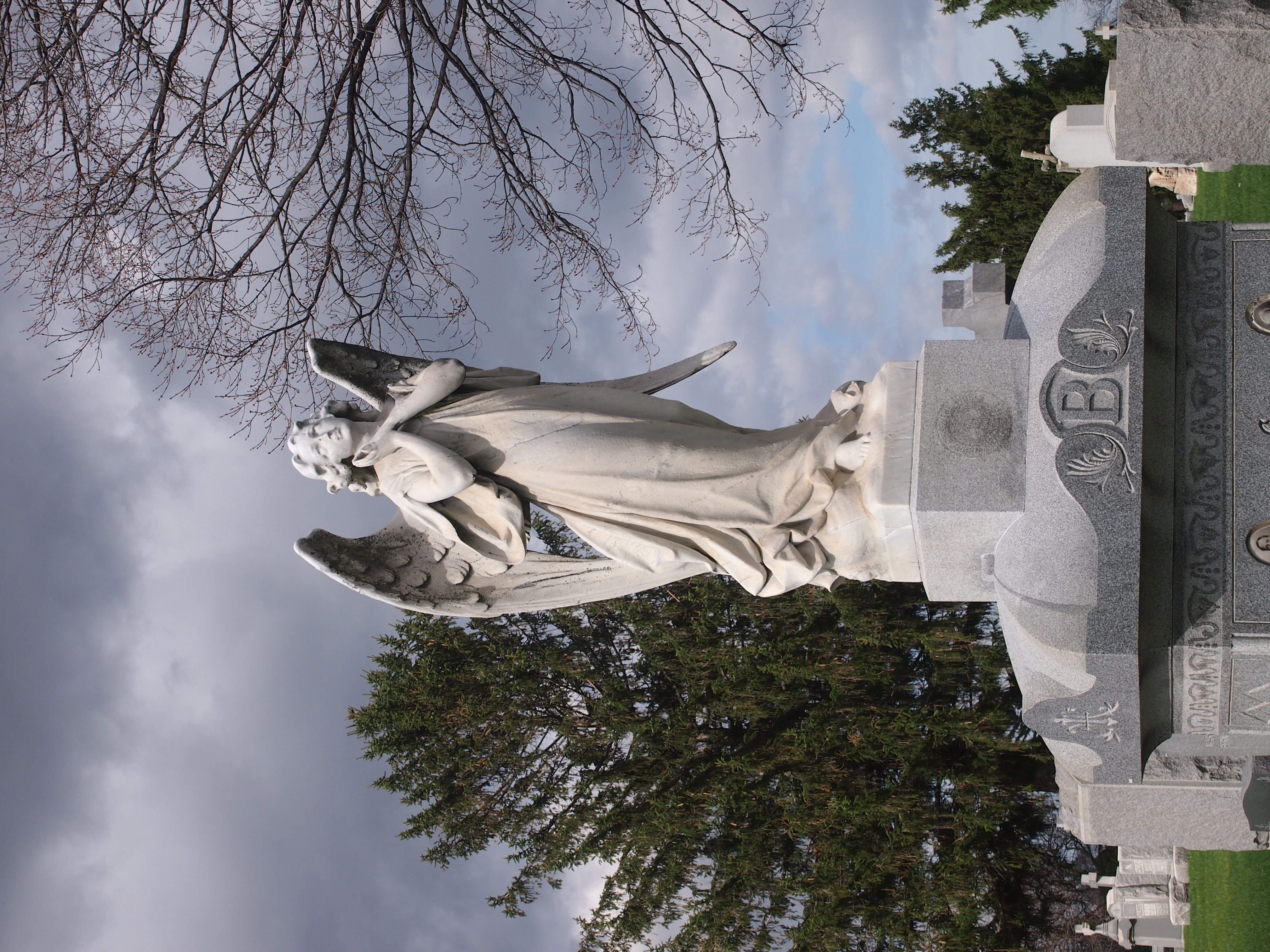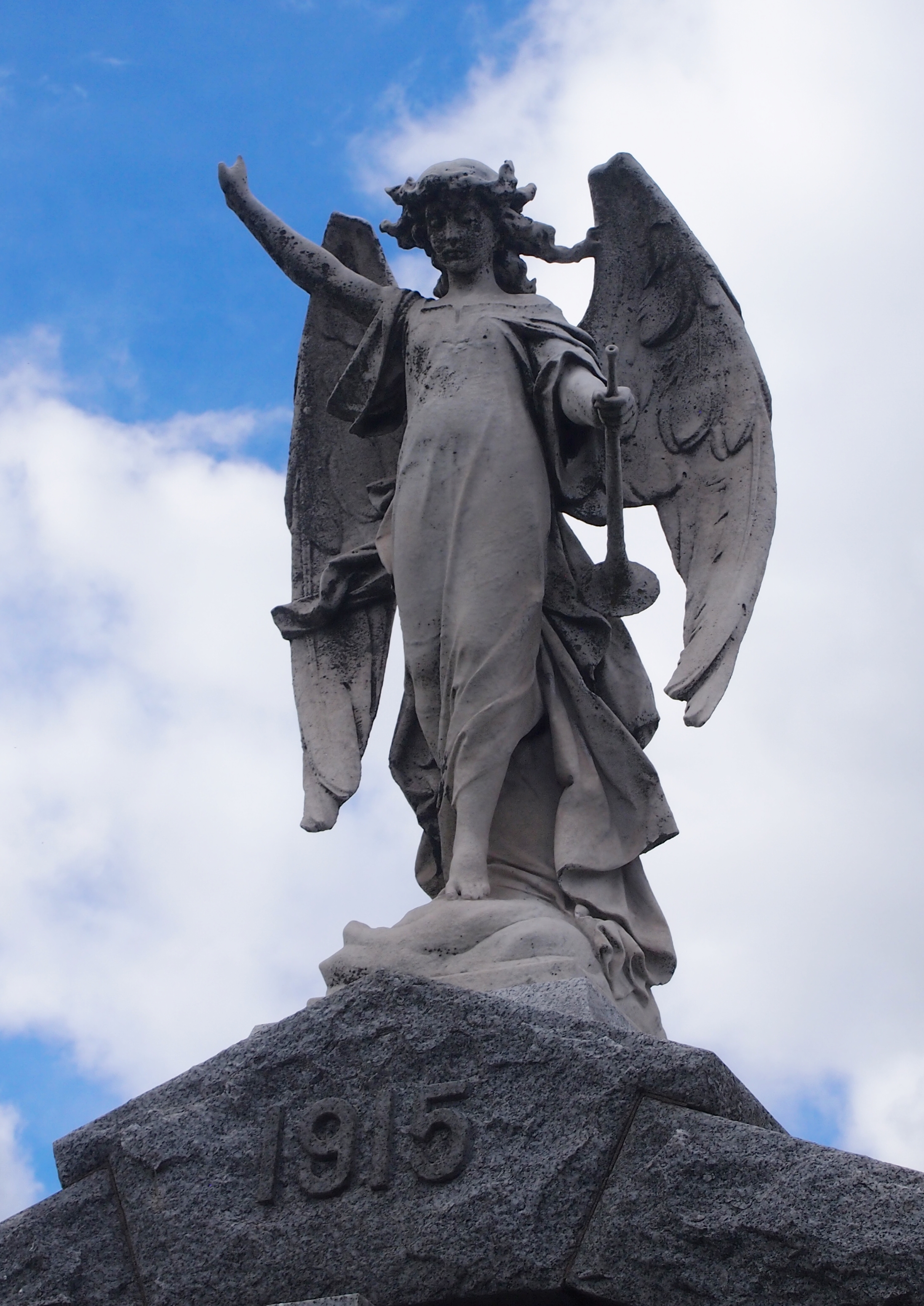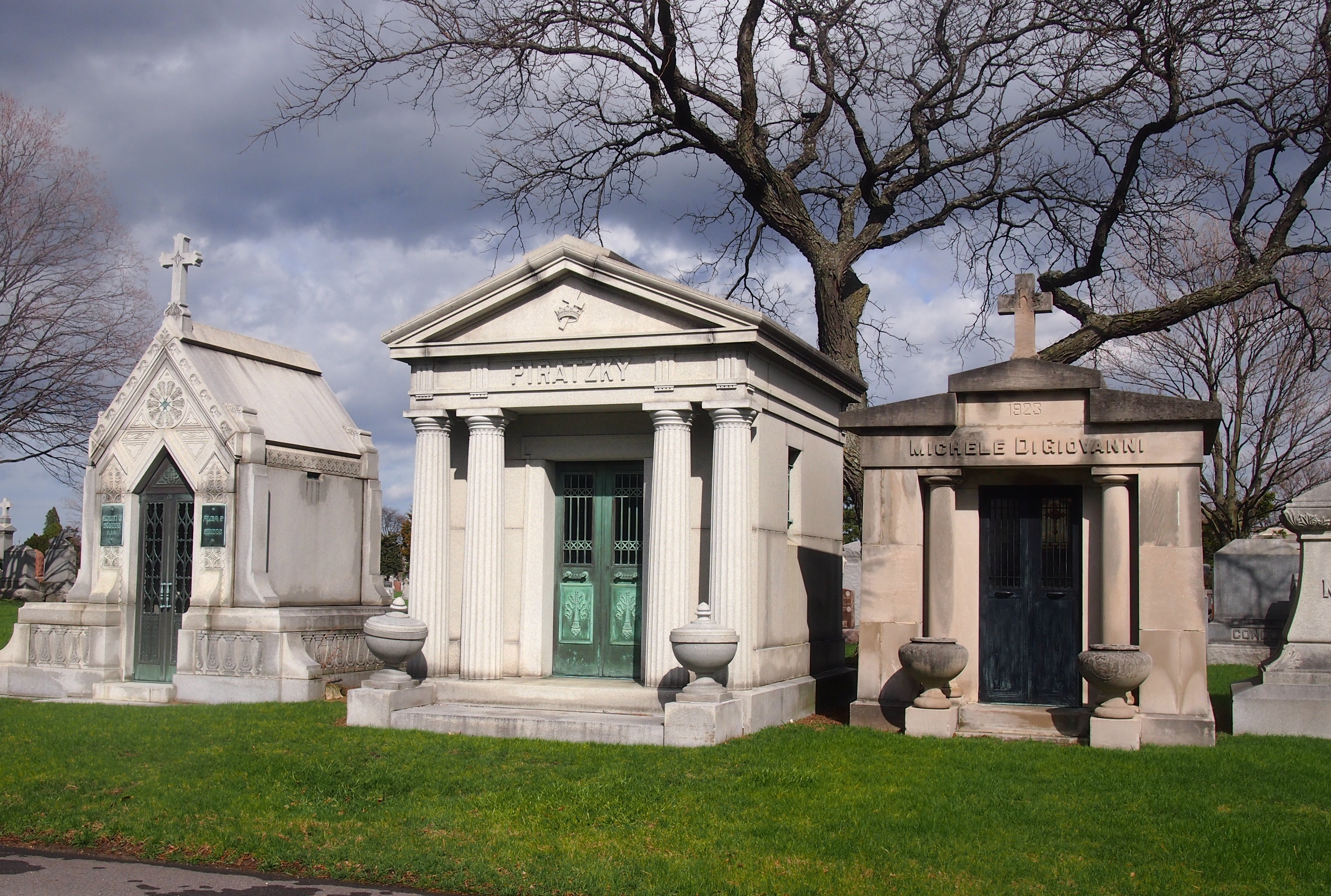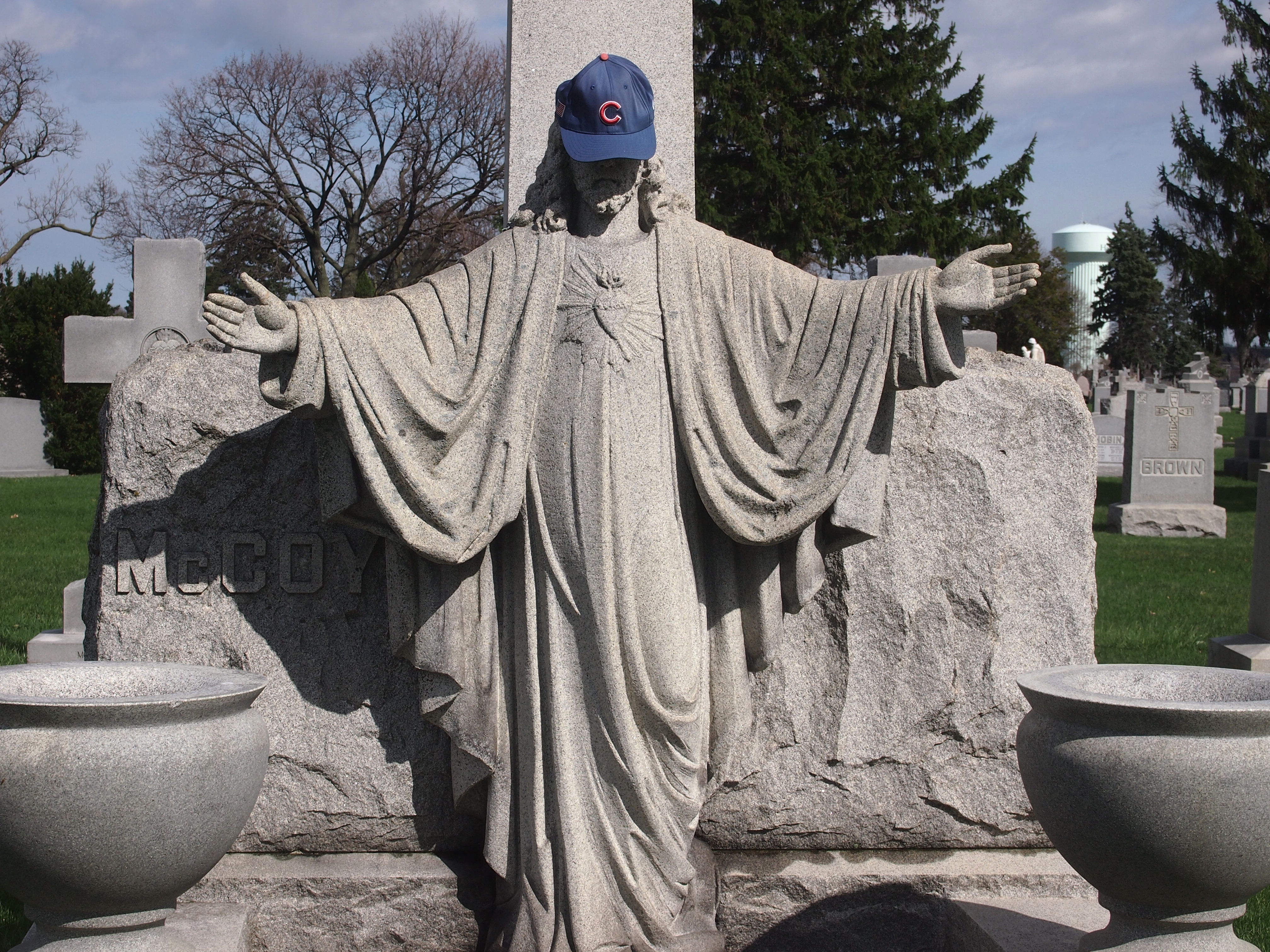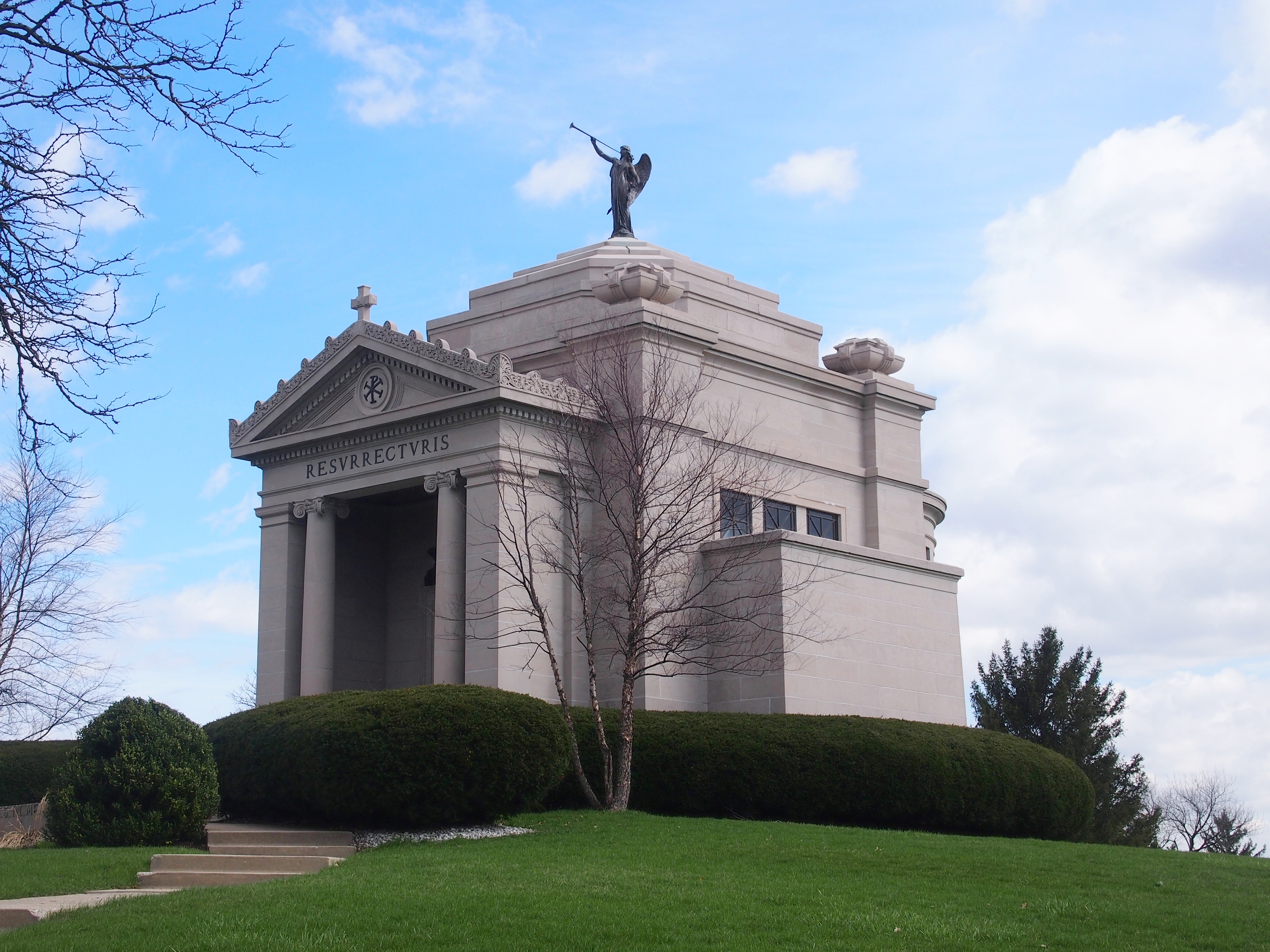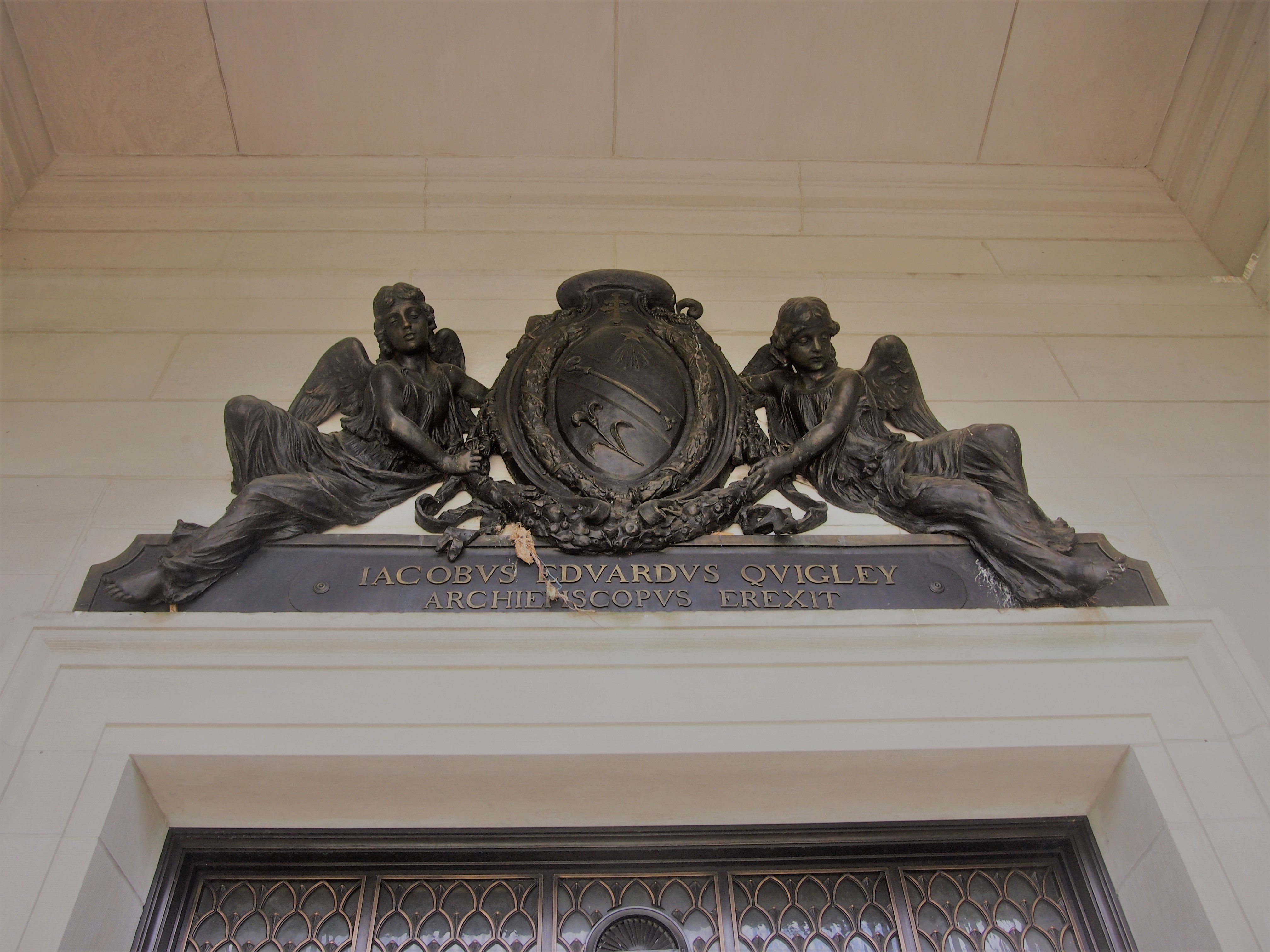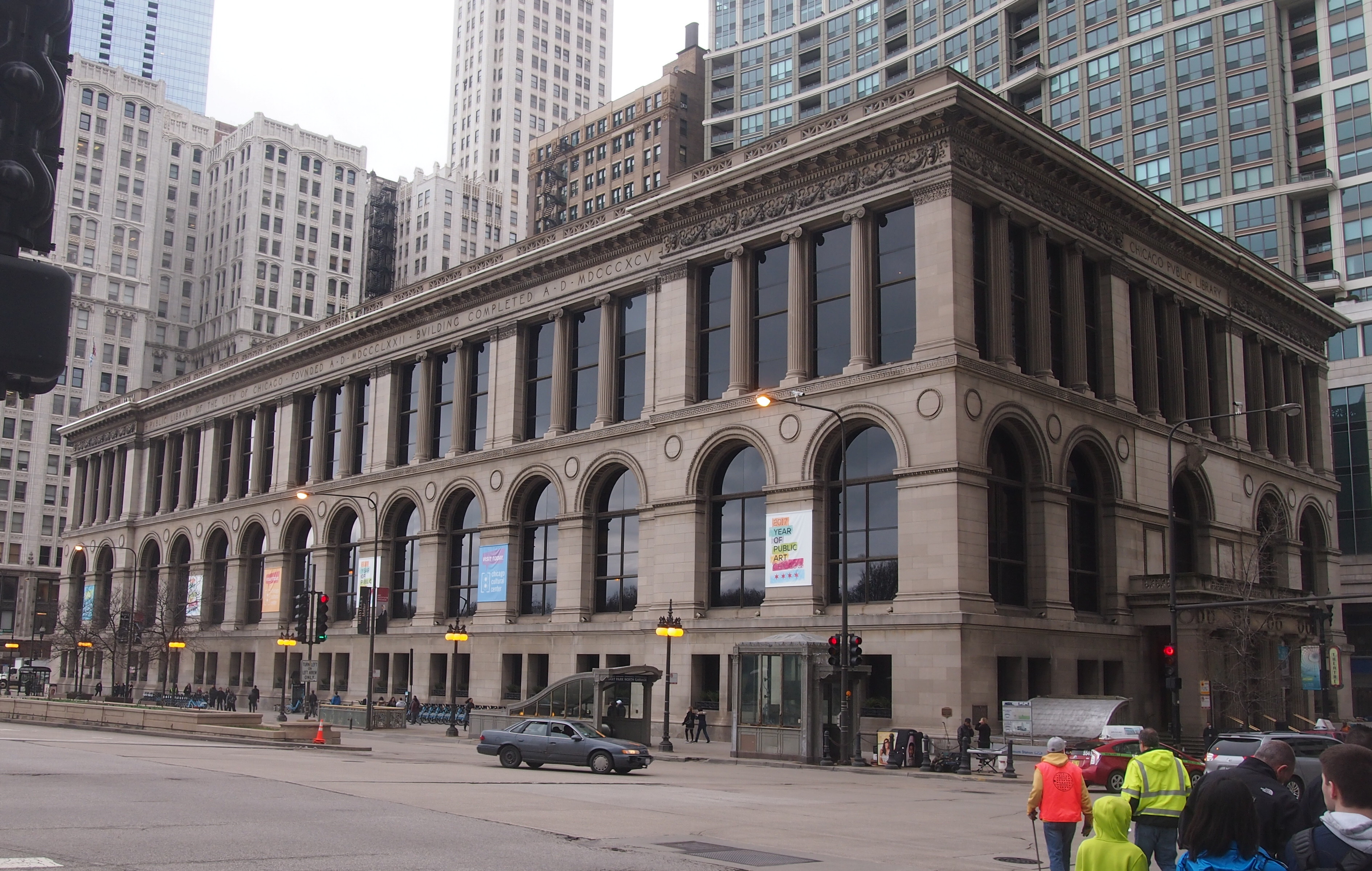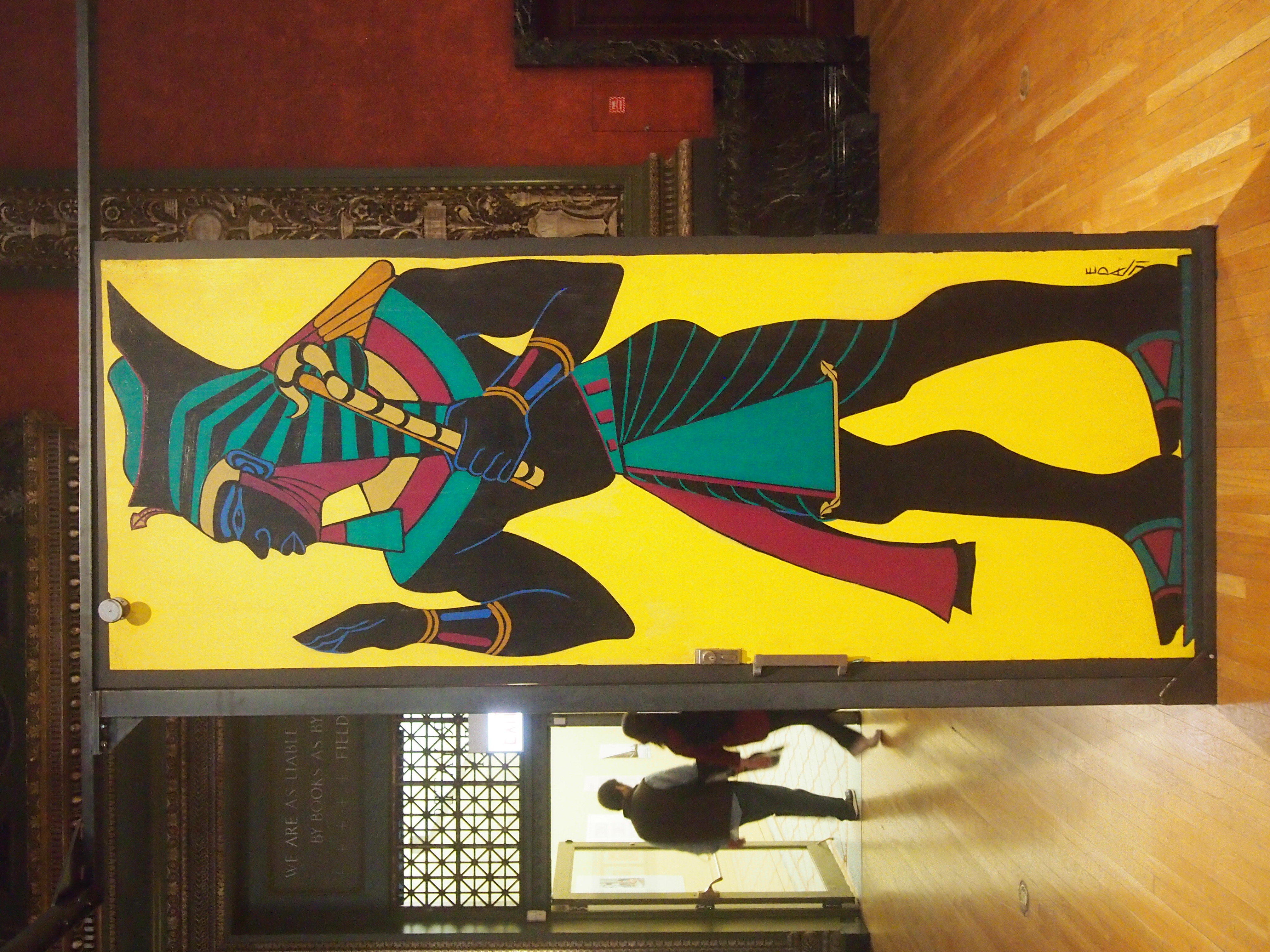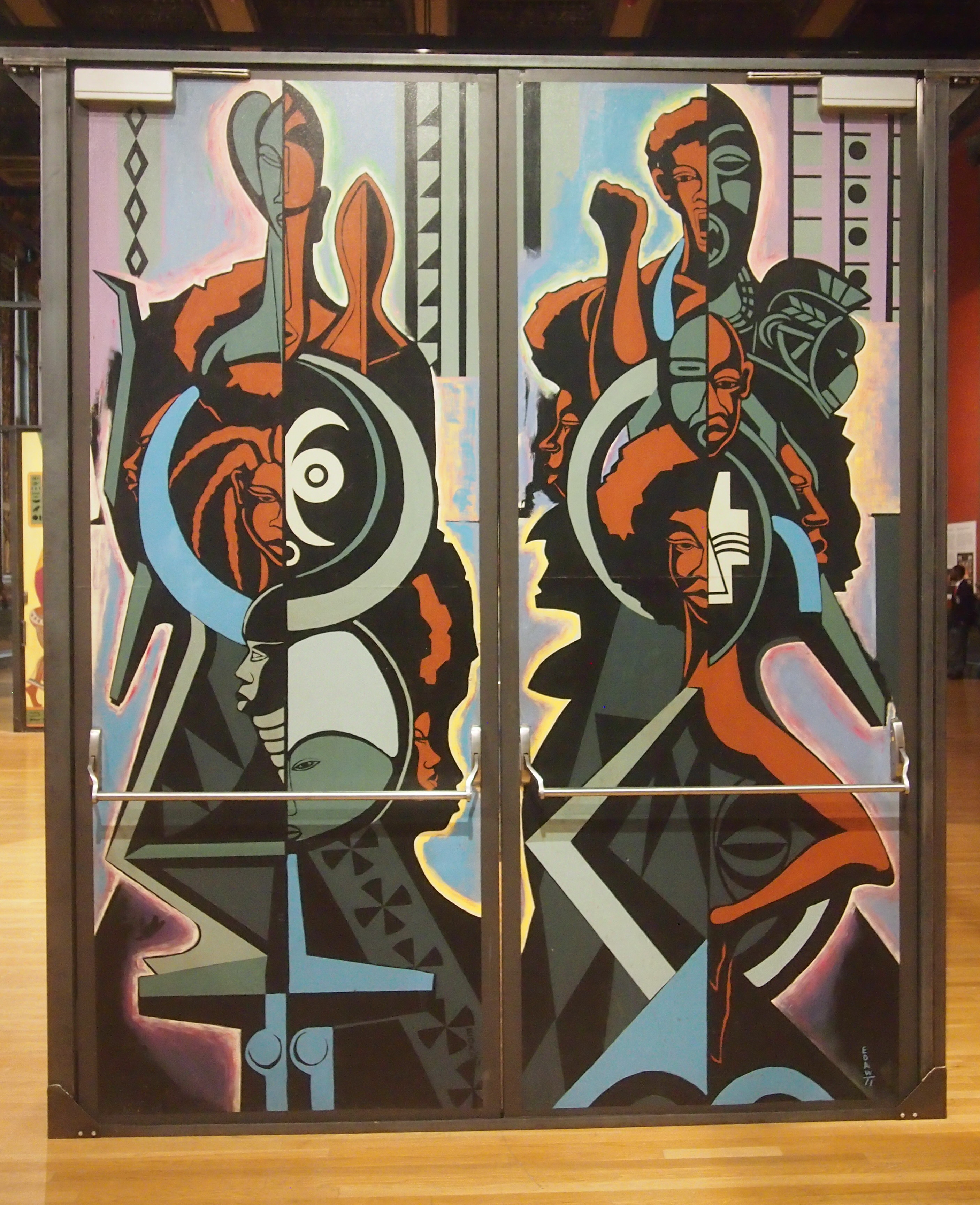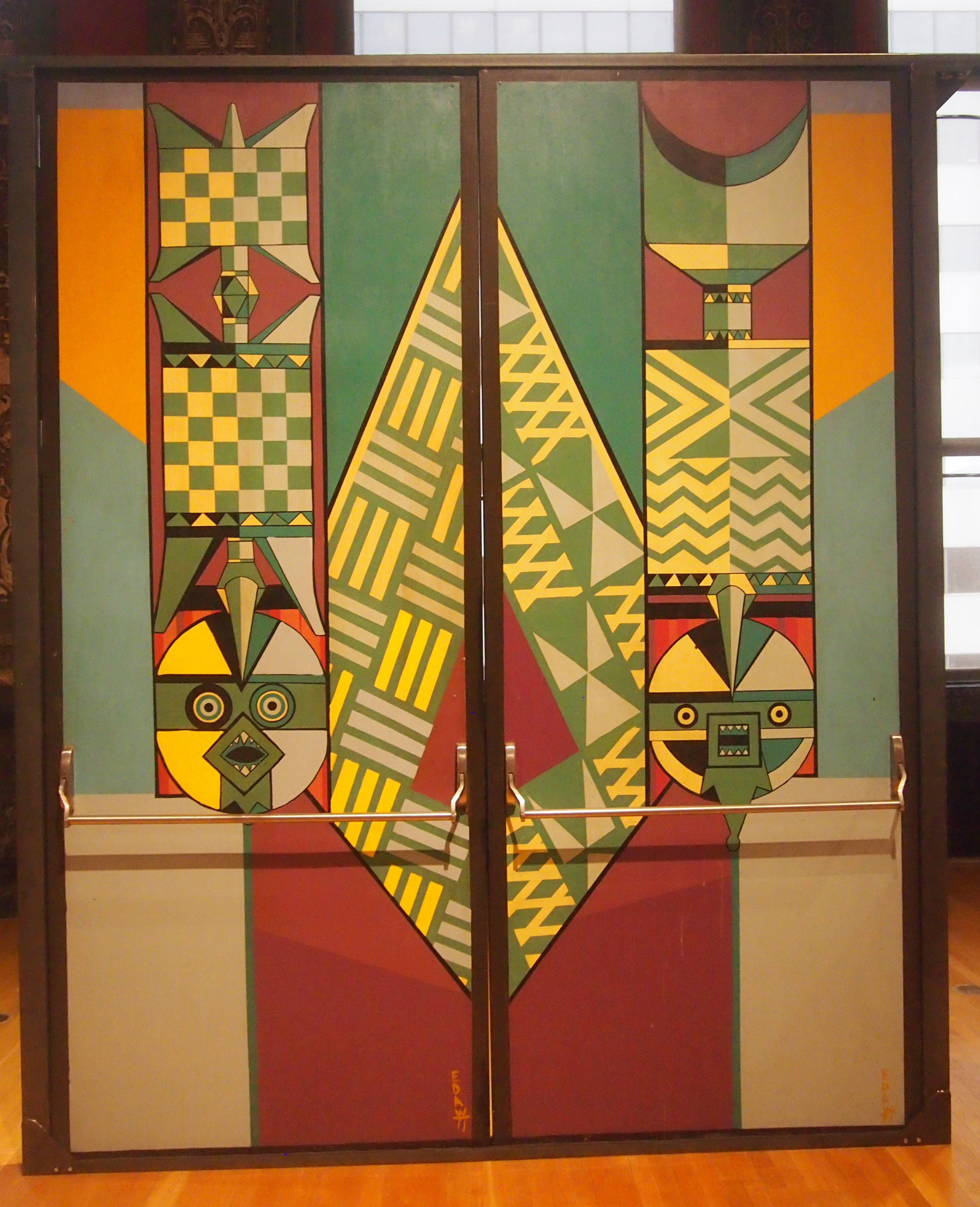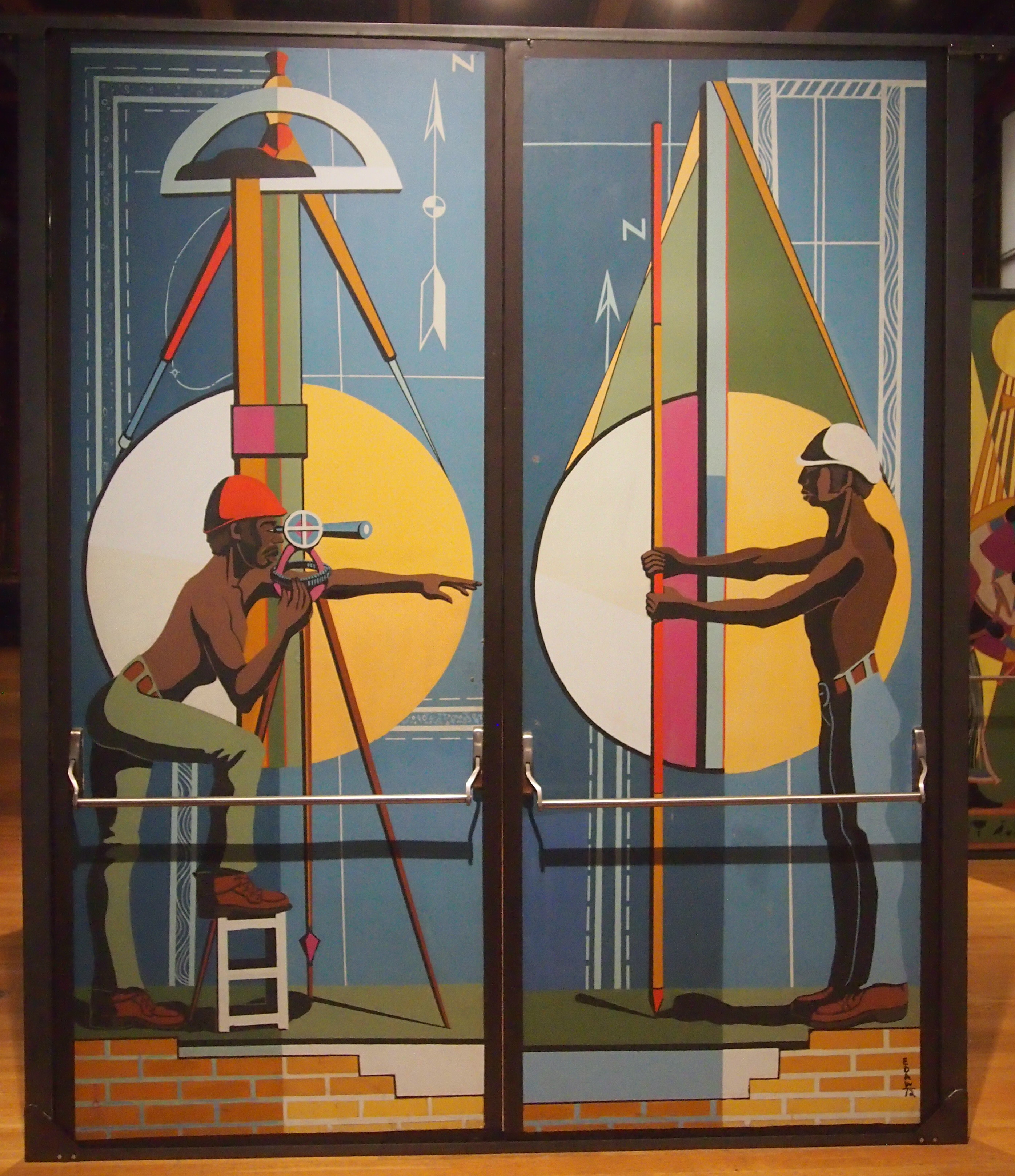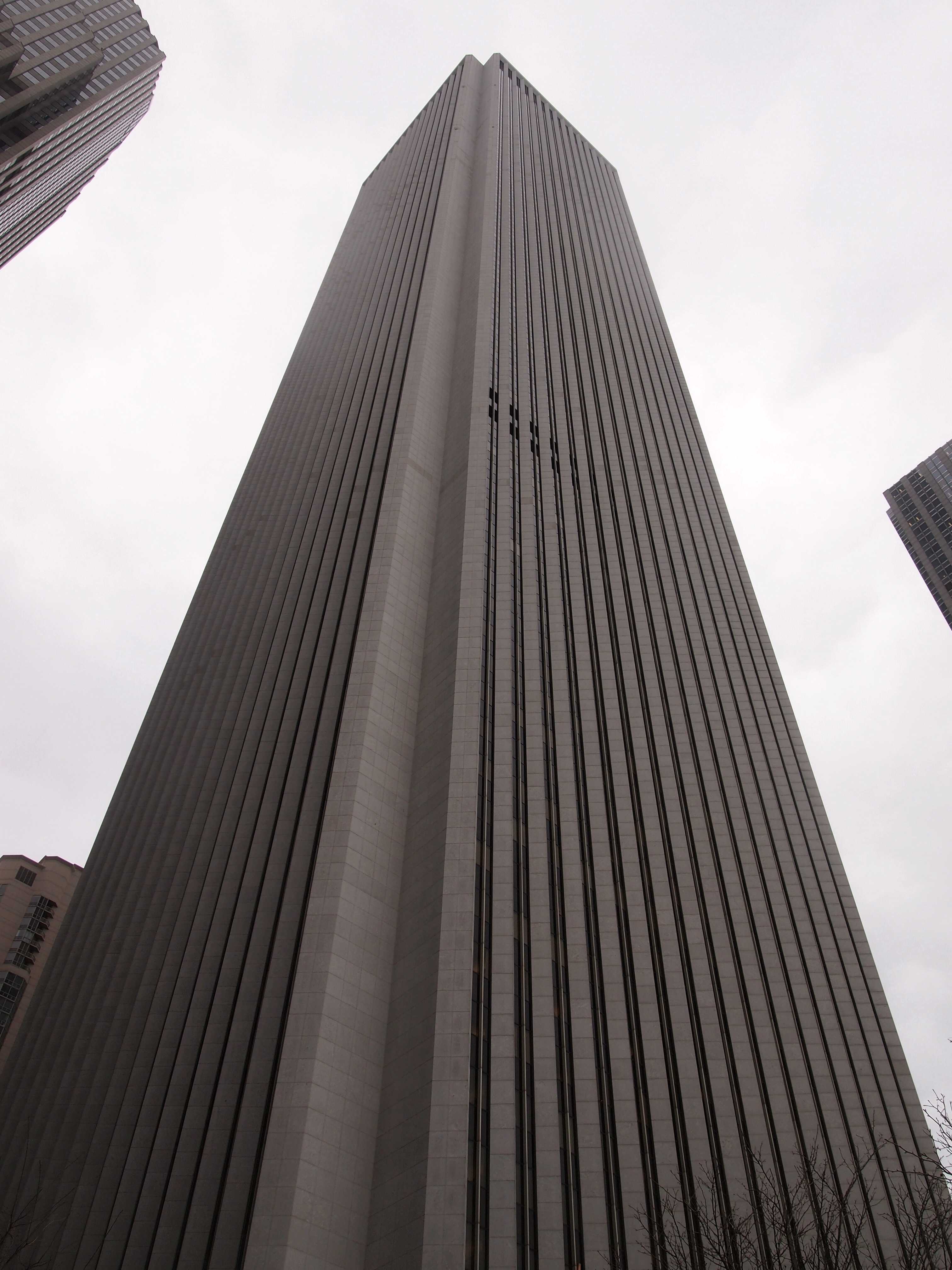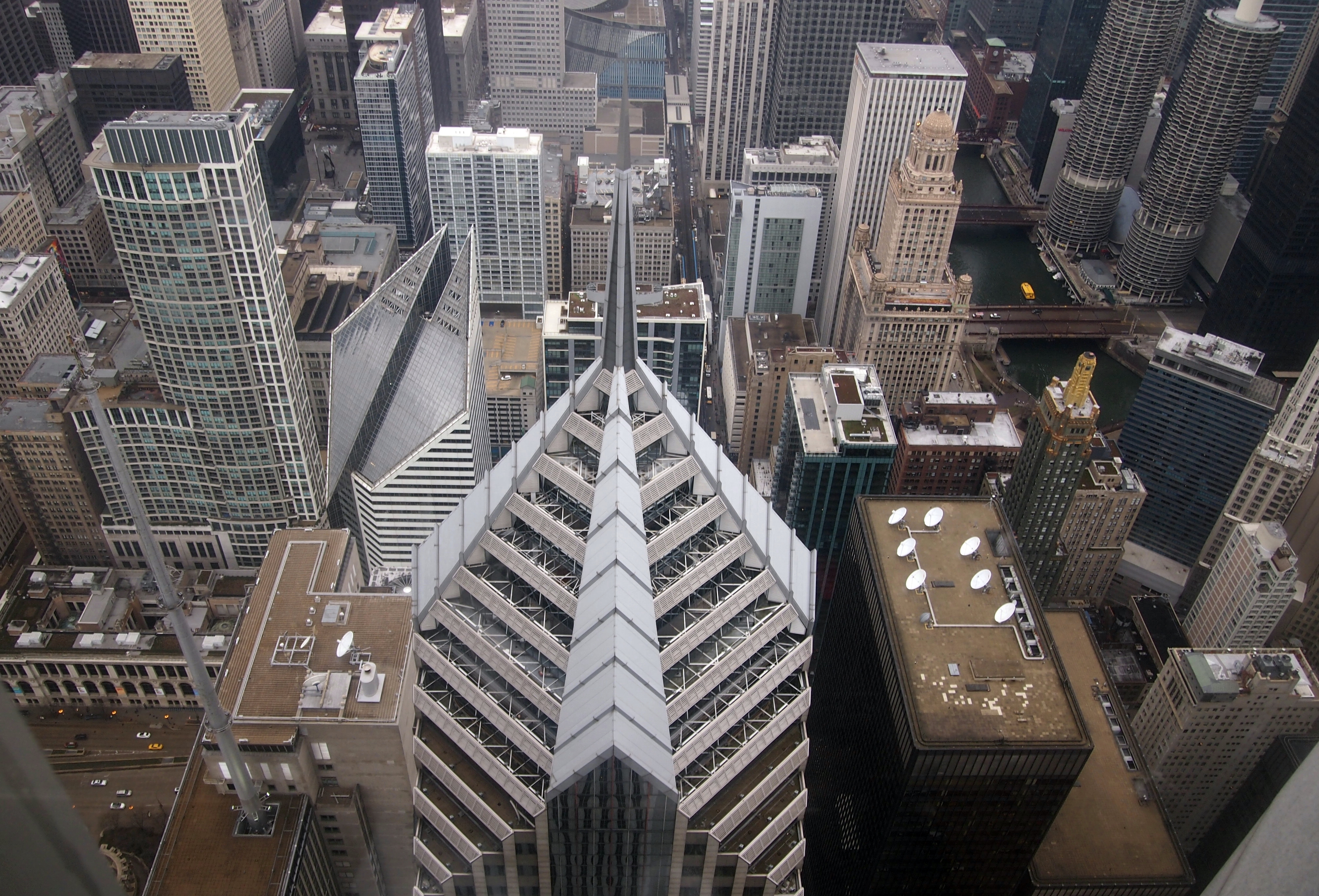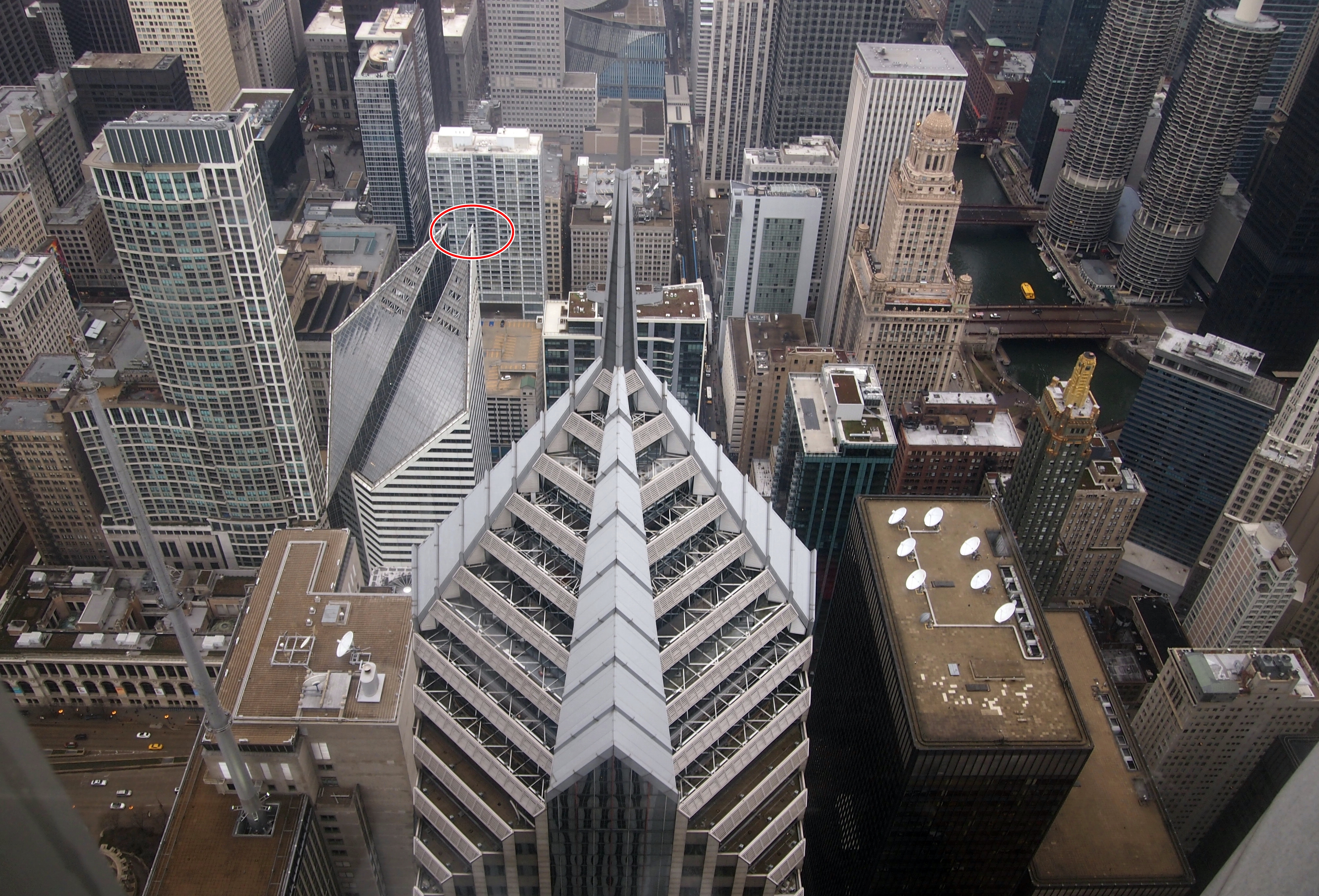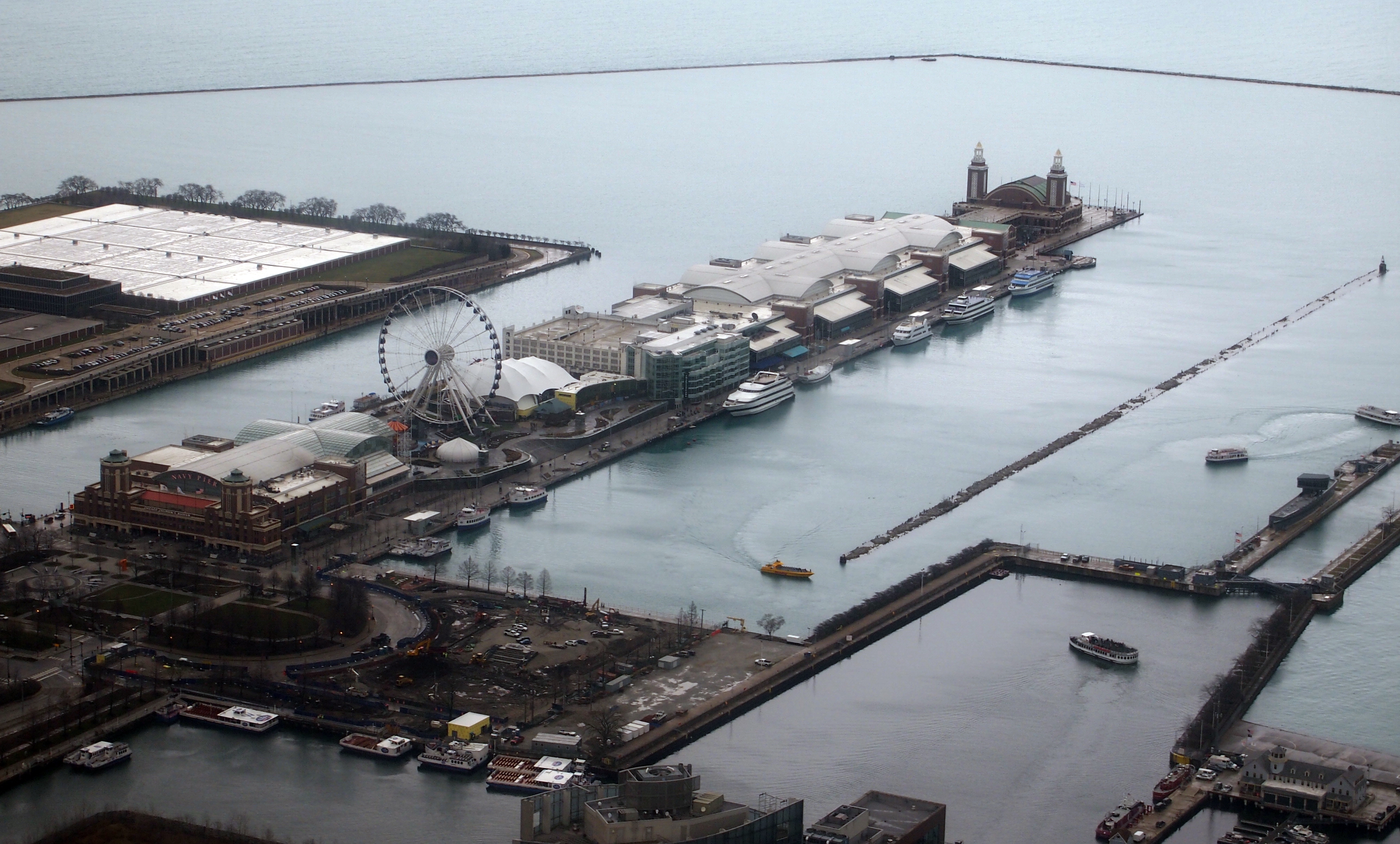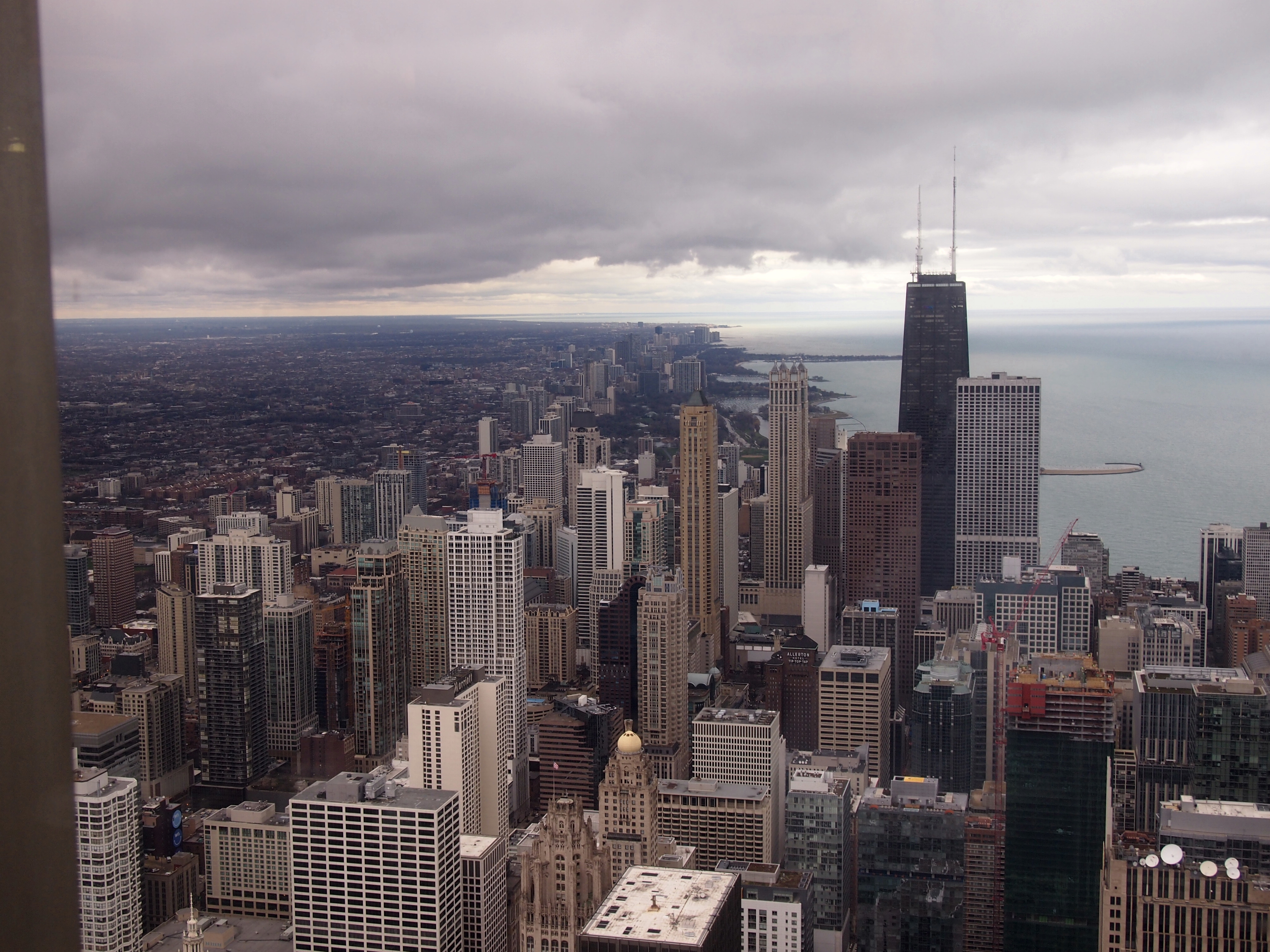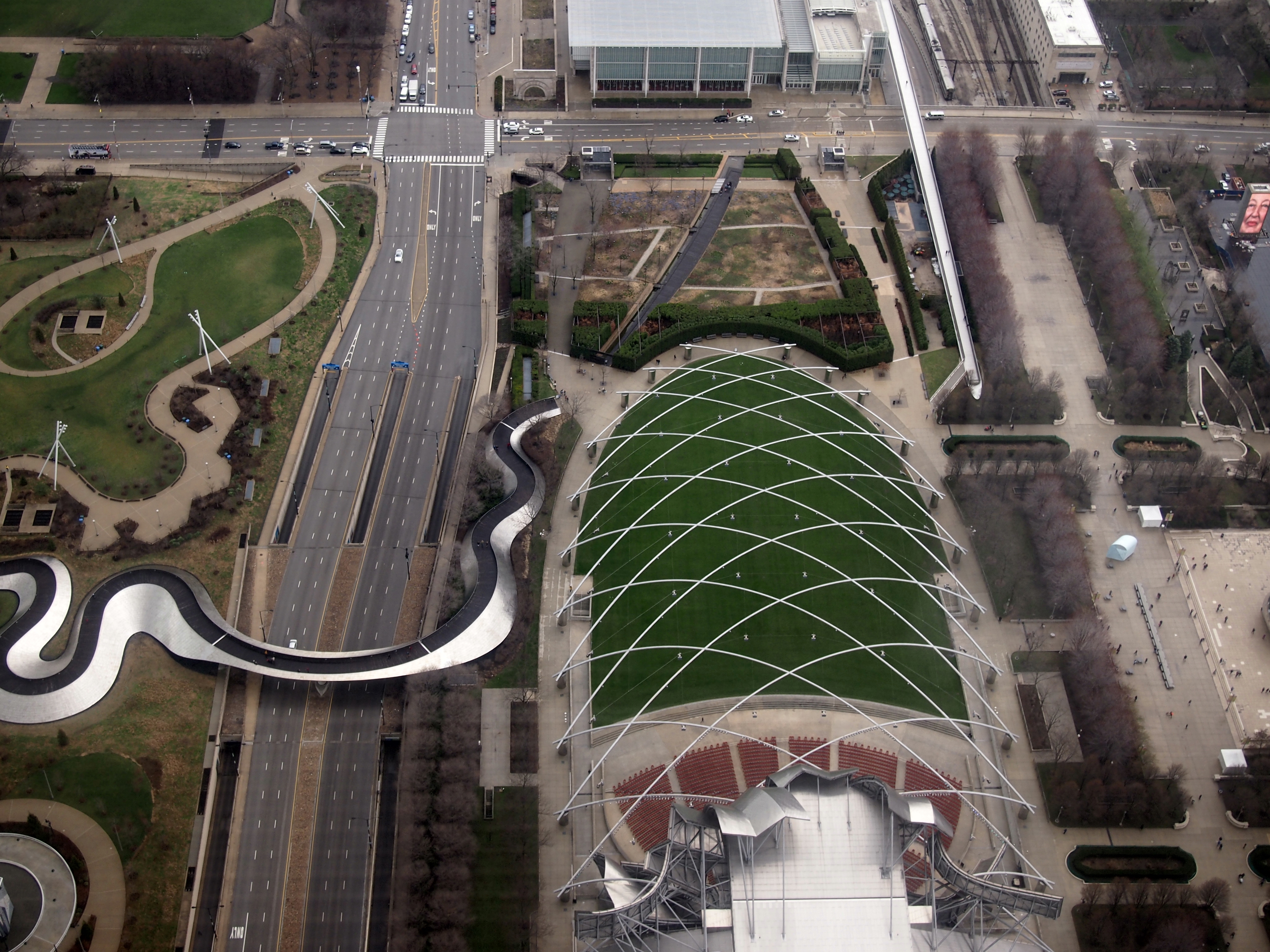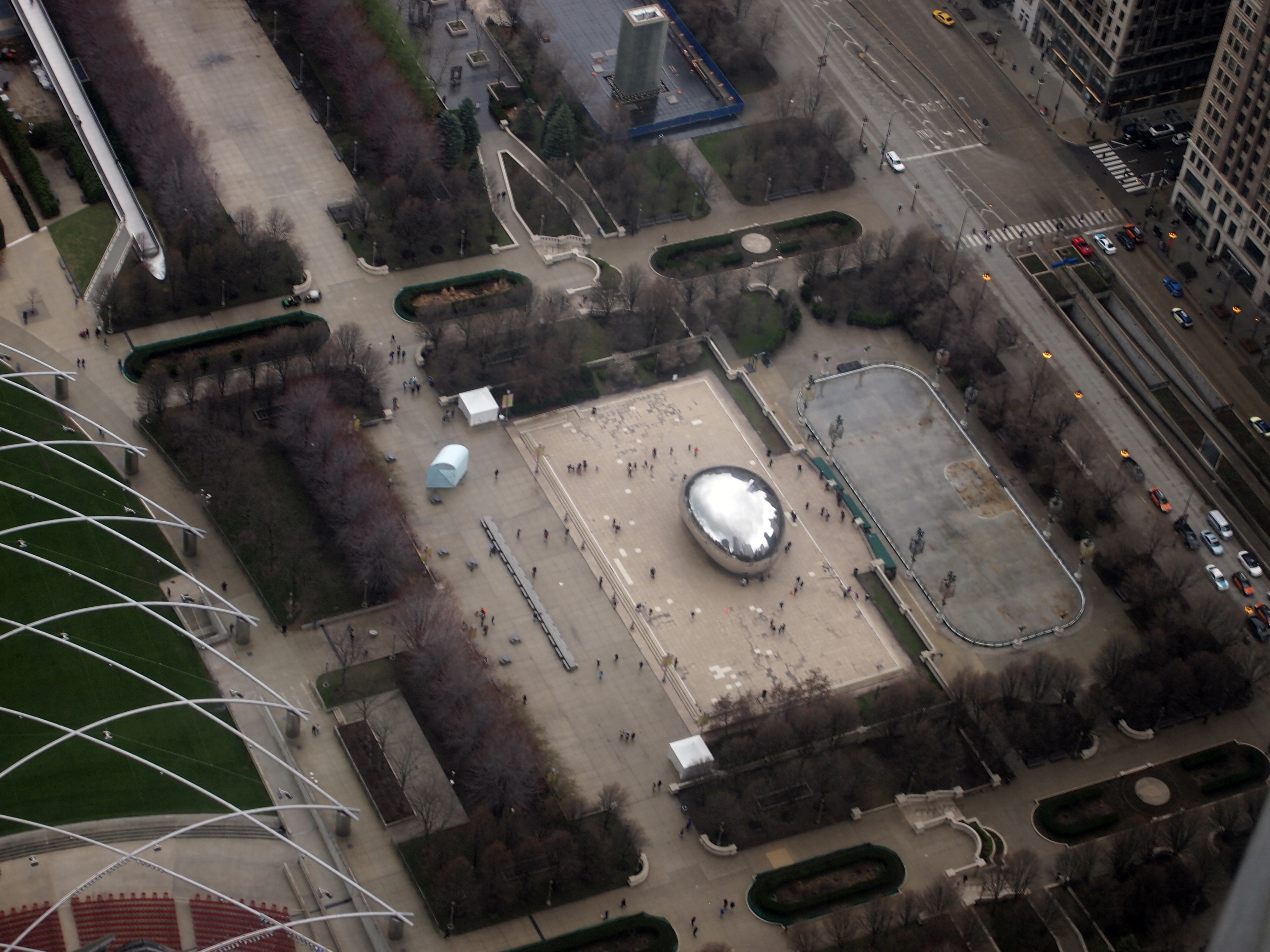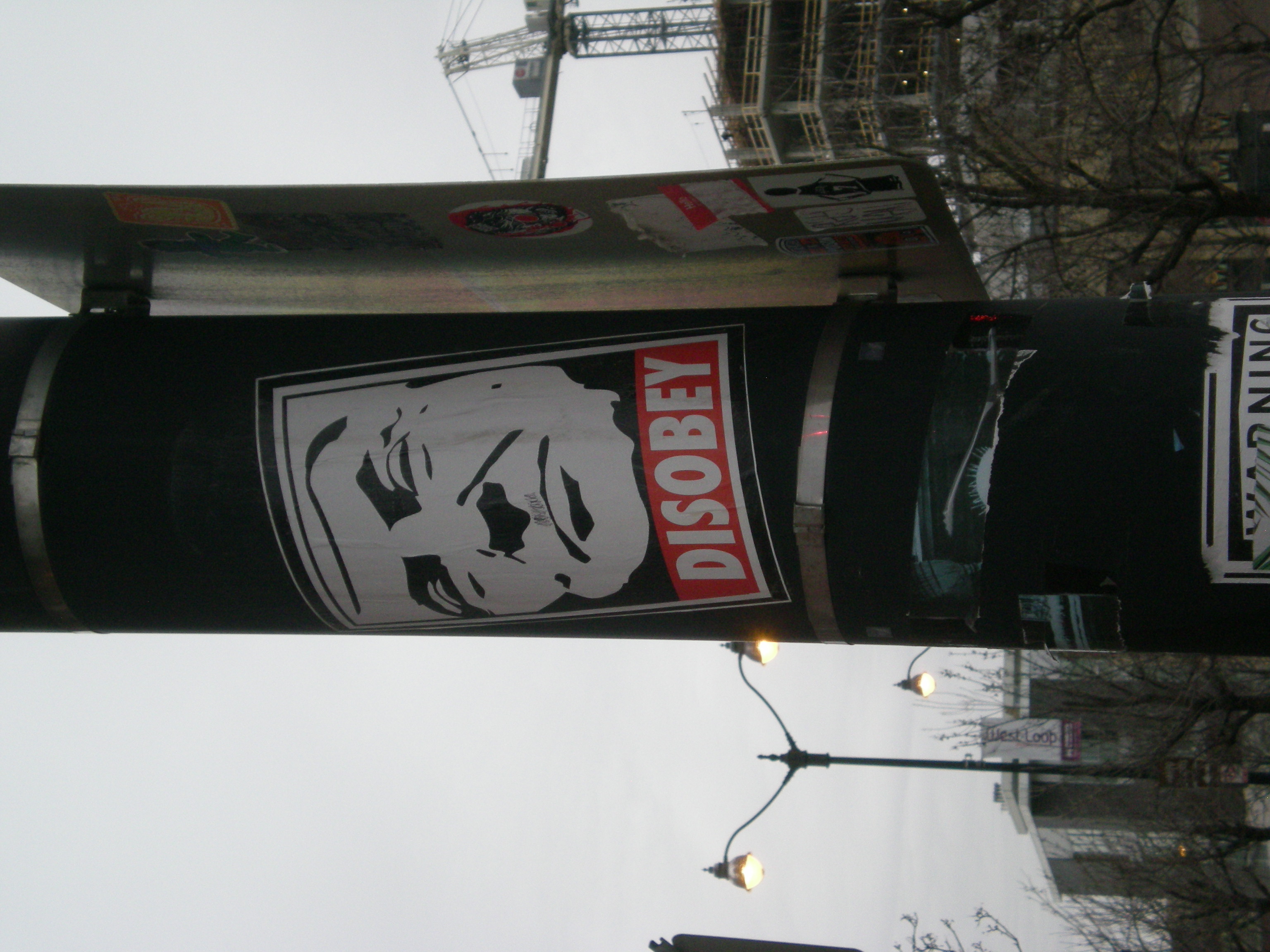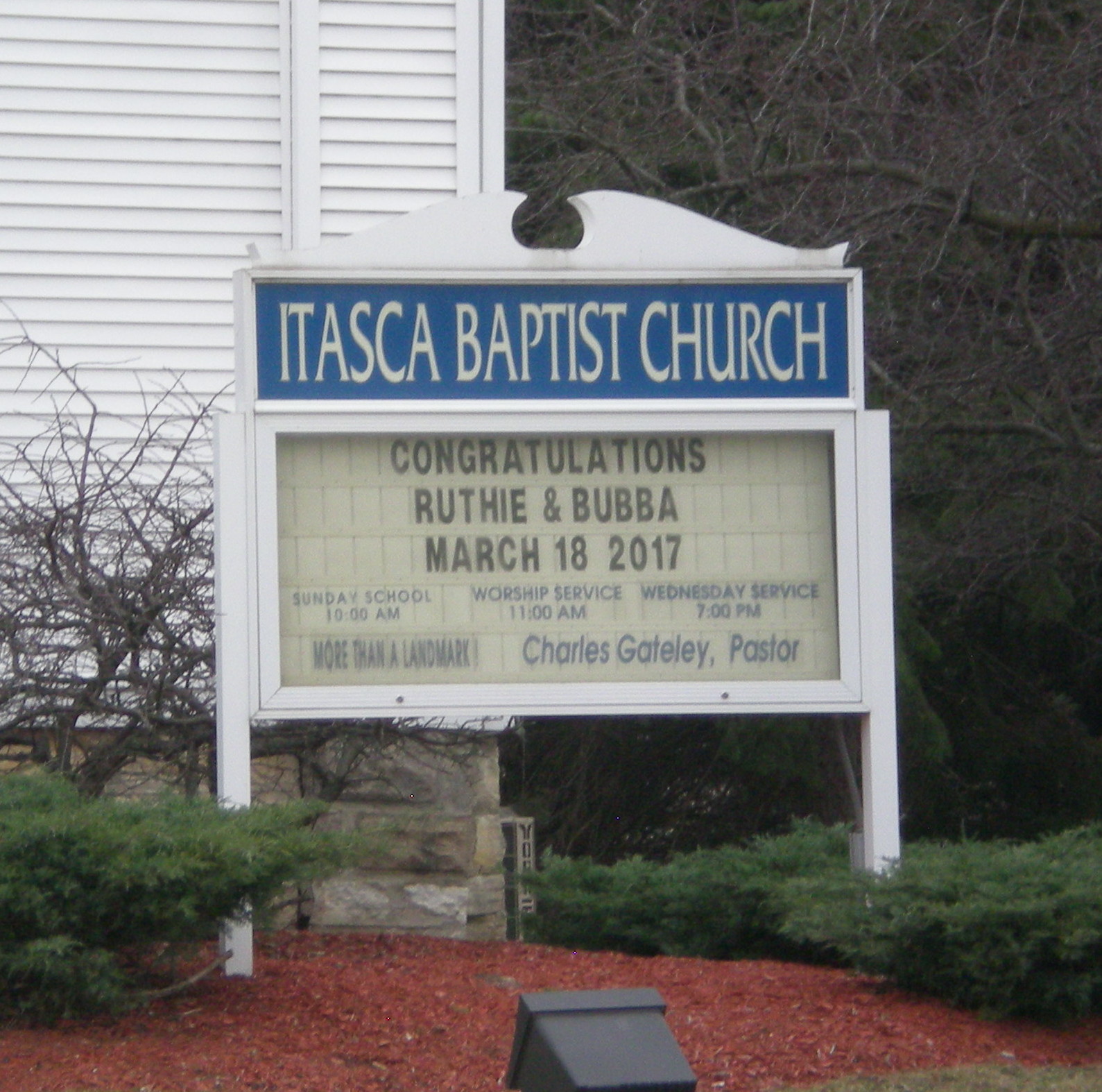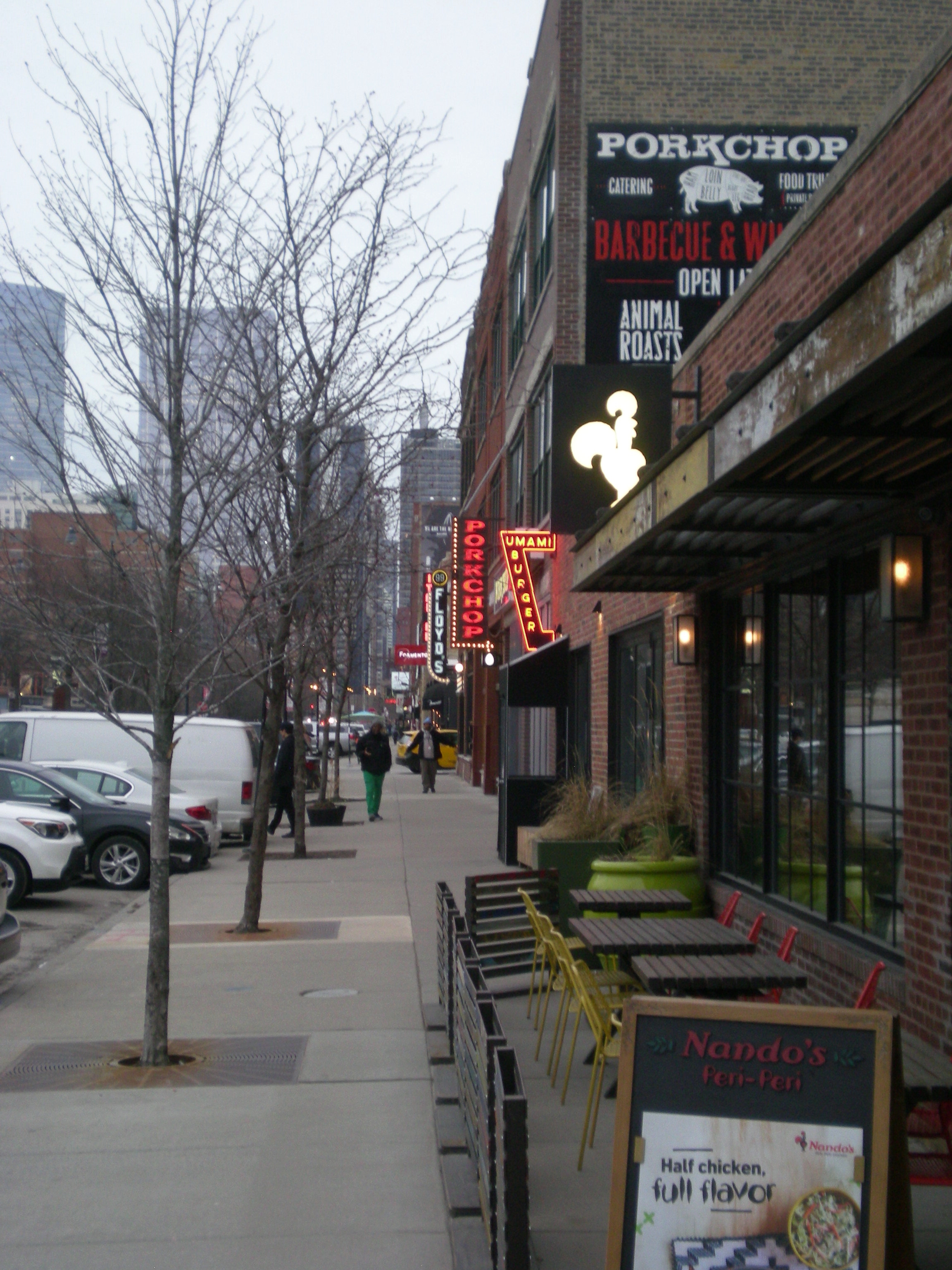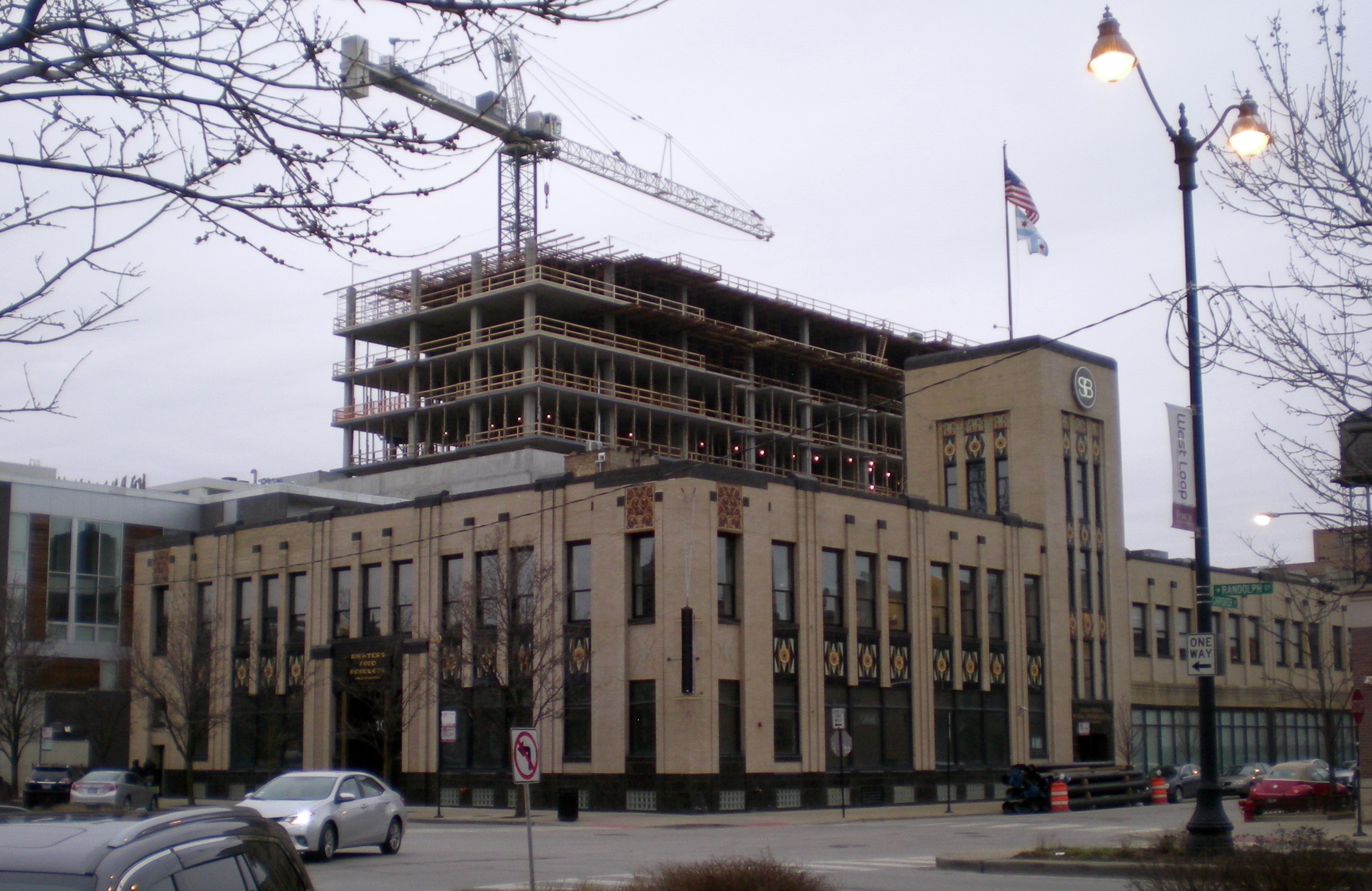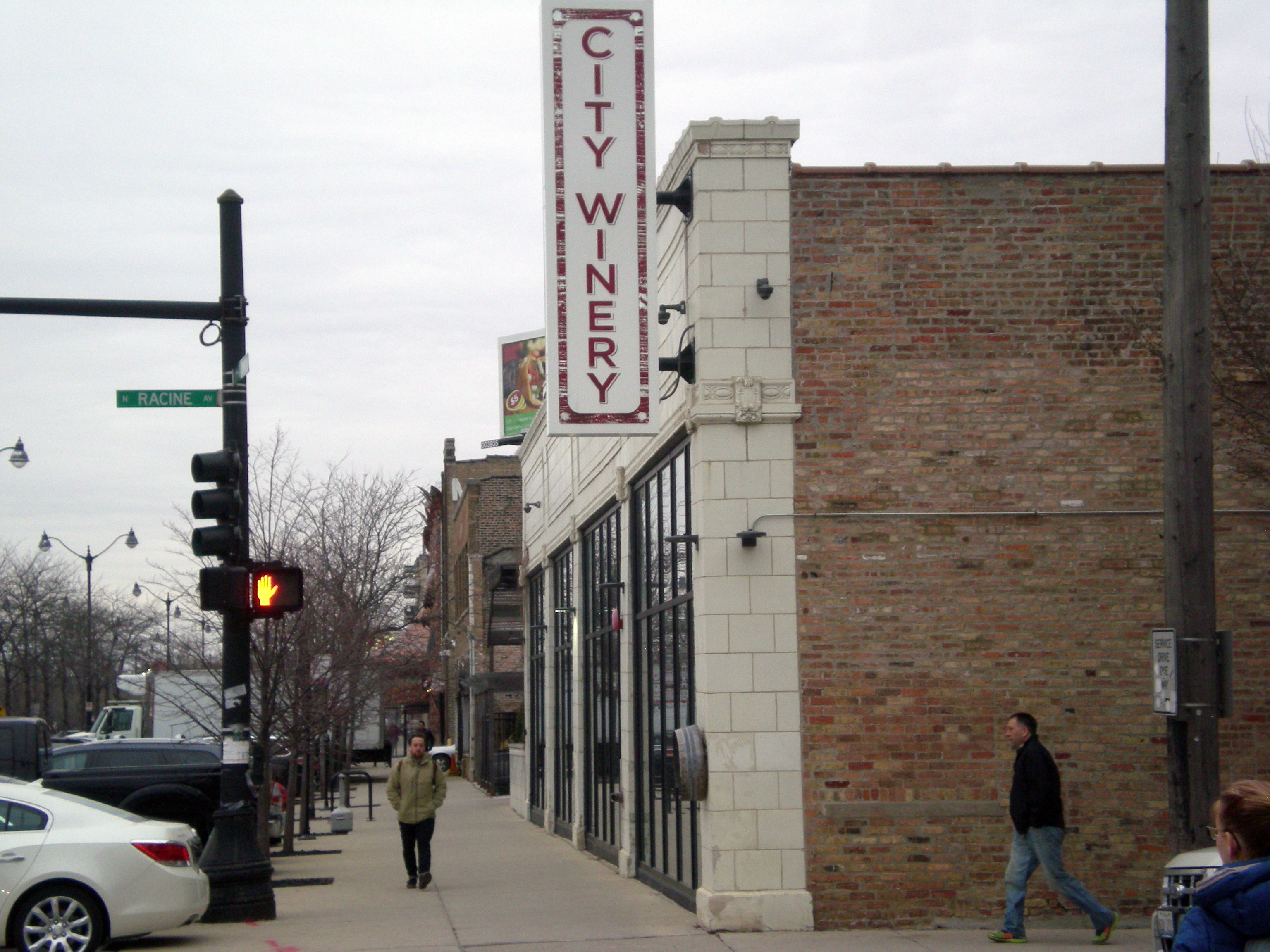I figured the March for Science, which happened on Saturday, was something I could support. Not just because of some vague notion that science is mostly a good thing. Rather, that spending by the U.S. government supporting scientific inquiry is mostly a good thing.
Speaking only as someone who does his little part to support such spending, I think there ought to be more of it, not less. It gets results. Examples are numerous, but my own favorite is the exploration of each and every planet in the Solar System and other celestial objects as well over the last 50 years or so.
According to various reports, the March for Science was held in over 600 locations worldwide — the main one being in DC — and included a “march” by sympathetic scientists in Antarctica, who must be facing the beginning of a long, awful winter about now (and what other kind would there be?). In Chicago, the day was cool, in the 60s F., with thin clouds overhead.
The Tribune tallied the Chicago march as one of the larger ones, with about 40,000 participants. I don’t know how the crowd was counted, but I believe it. When Ann and I arrived, at the intersection of S. Columbus Dr. and E. Congress Dr. — just west of Buckingham Fountain — the crowd looked like this.
The event stage was north of that point, on E. Jackson, but we didn’t bother trying to move toward it, because the crowd in that direction was thick.
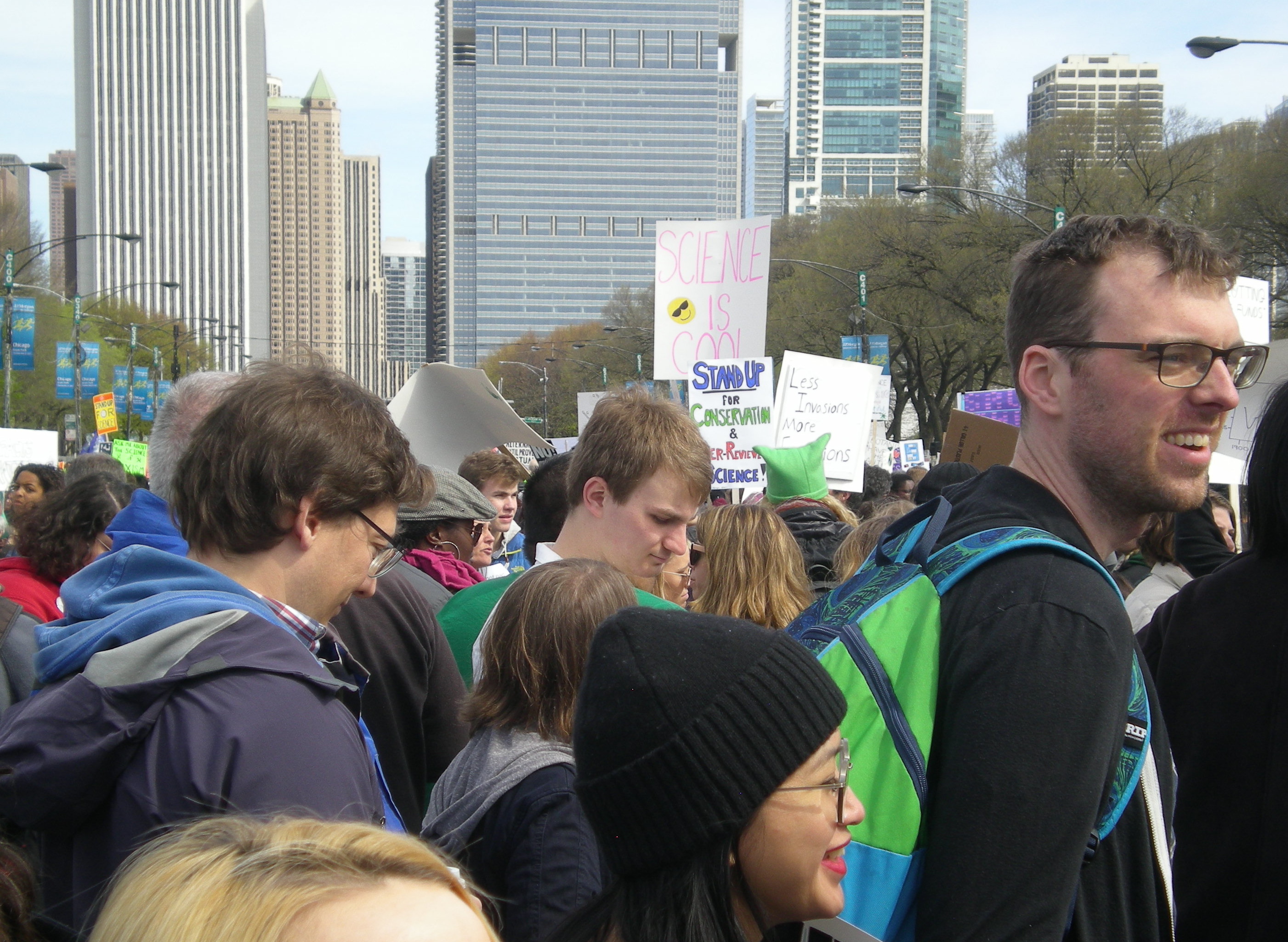 Pretty soon, the crowd filled in around us. As crowds go, it was good-natured and patient. The speakers were difficult to hear, since the event’s loudspeakers weren’t working that well. I caught some of a Field Museum employee’s speech, which was essentially about her cool science job at the museum.
Pretty soon, the crowd filled in around us. As crowds go, it was good-natured and patient. The speakers were difficult to hear, since the event’s loudspeakers weren’t working that well. I caught some of a Field Museum employee’s speech, which was essentially about her cool science job at the museum.
I also spent time reading the signs.
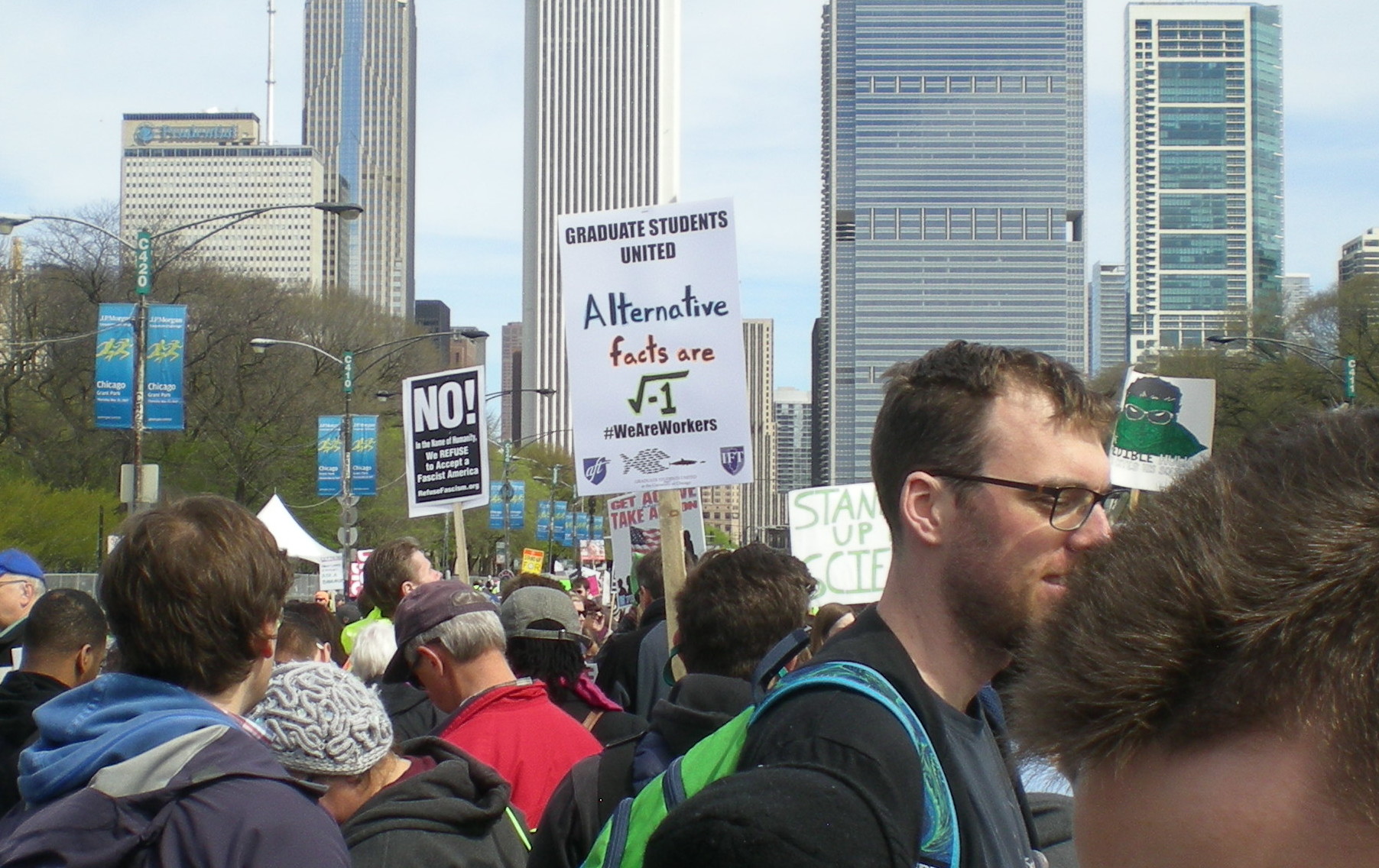 I have to like a reference to Nineteen Eighty-Four.
I have to like a reference to Nineteen Eighty-Four.
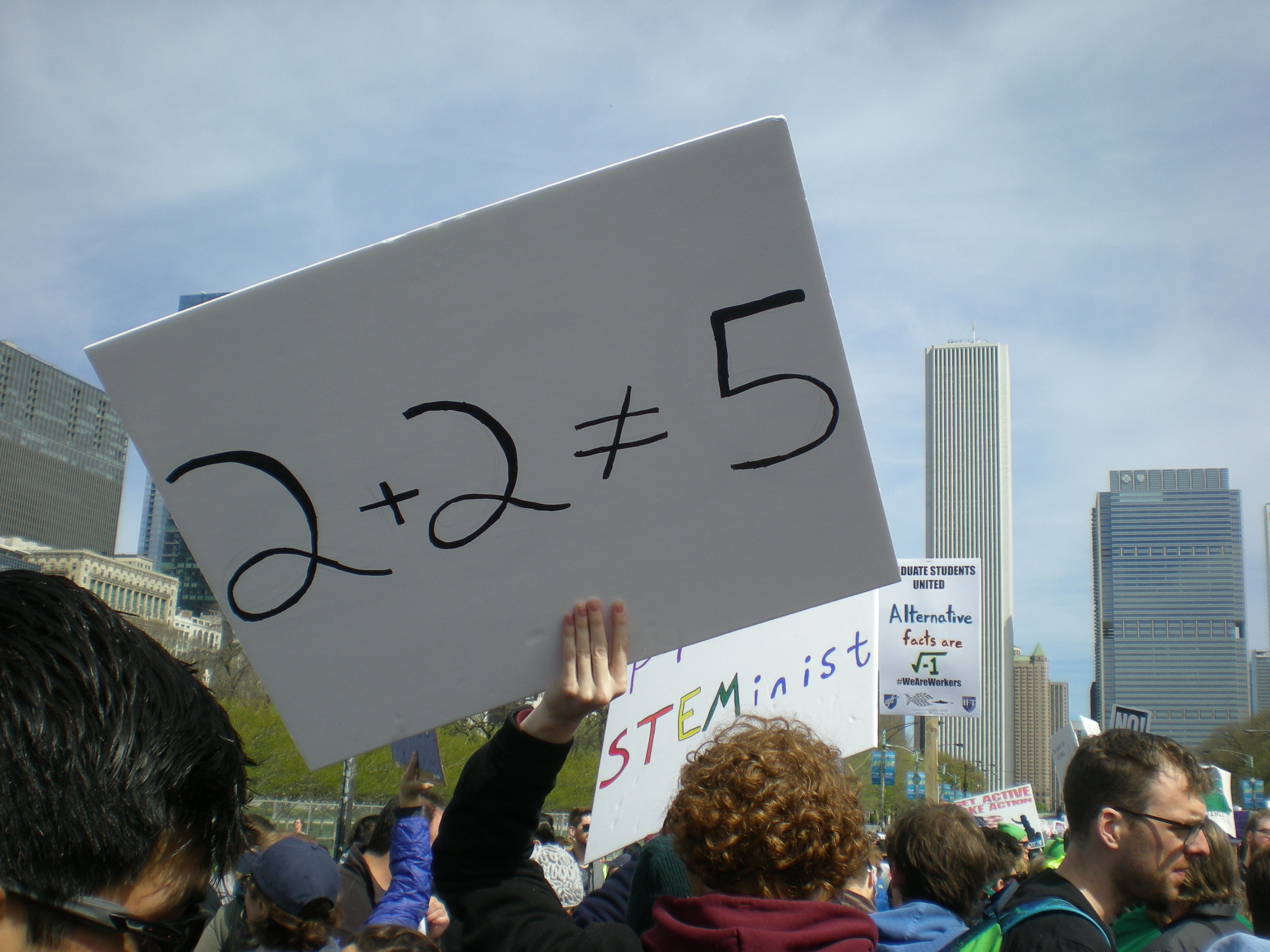 This one got to the heart of the matter: Science Serves Our Nation.
This one got to the heart of the matter: Science Serves Our Nation.
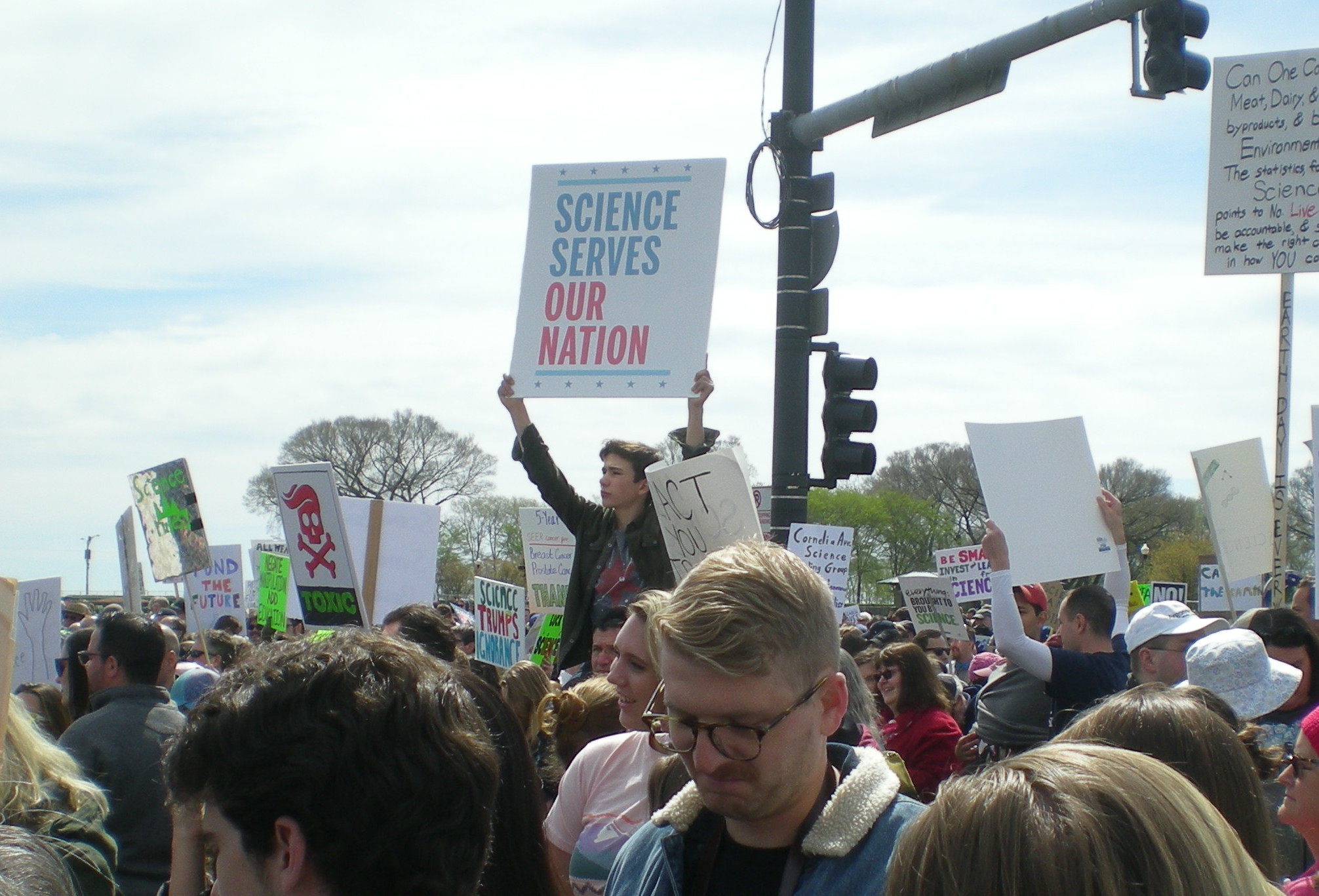 Or, to put it in more negative terms, something that even the dimmer lights in Congress might respond to: If We Don’t, The Chinese Will.
Or, to put it in more negative terms, something that even the dimmer lights in Congress might respond to: If We Don’t, The Chinese Will.
Anti-Trump signage was common, as you’d expect —

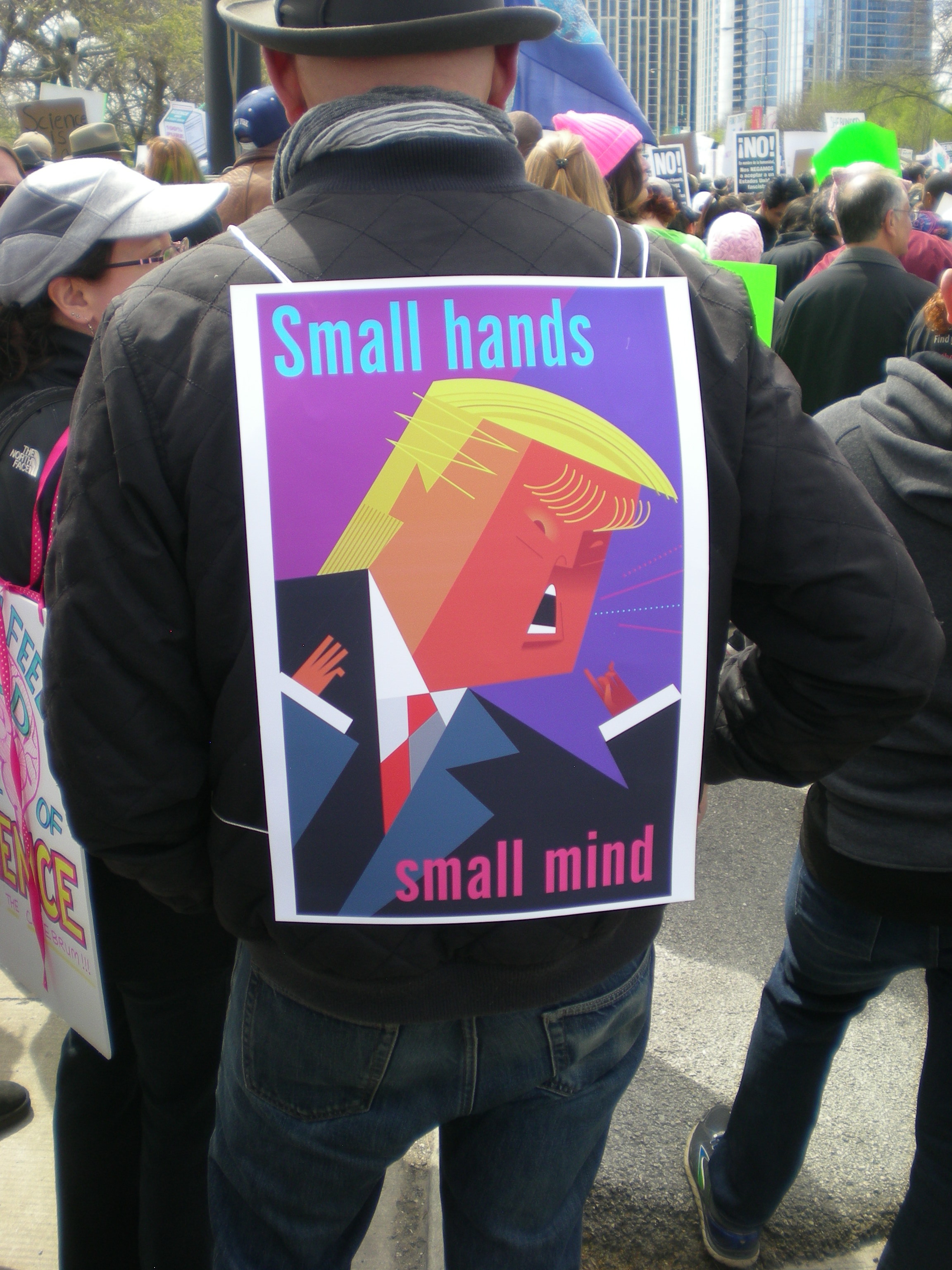 — along with a sprinkling of other causes, such as straight-up socialism and vegan advocacy.
— along with a sprinkling of other causes, such as straight-up socialism and vegan advocacy.
At about 11, word spread that the march itself was starting. So everyone headed south along Columbus. The crowd had to move around a group of women in costume, dancing on stilts. Ann got a short video of it.
I’m not sure how that was a pro-science message, but it was fun to watch.
Along the way, chants broke out sometimes. The most common one was:
What do we want?
Evidence-based research!
When do we want it?
After peer review!
Nothing Mark Slackmeyer would have ever said, but it caught the spirit of the march. Ann got a video of that, too.
It was a slow march, because ultimately everyone had to funnel into the narrow path that leads to the Field Museum campus, through an underpass below Lake Shore Drive. (Closing Columbus was one thing, but Lake Shore Drive generally remains open.)
Afterwards, participants sat around on the Field Museum lawn and elsewhere.
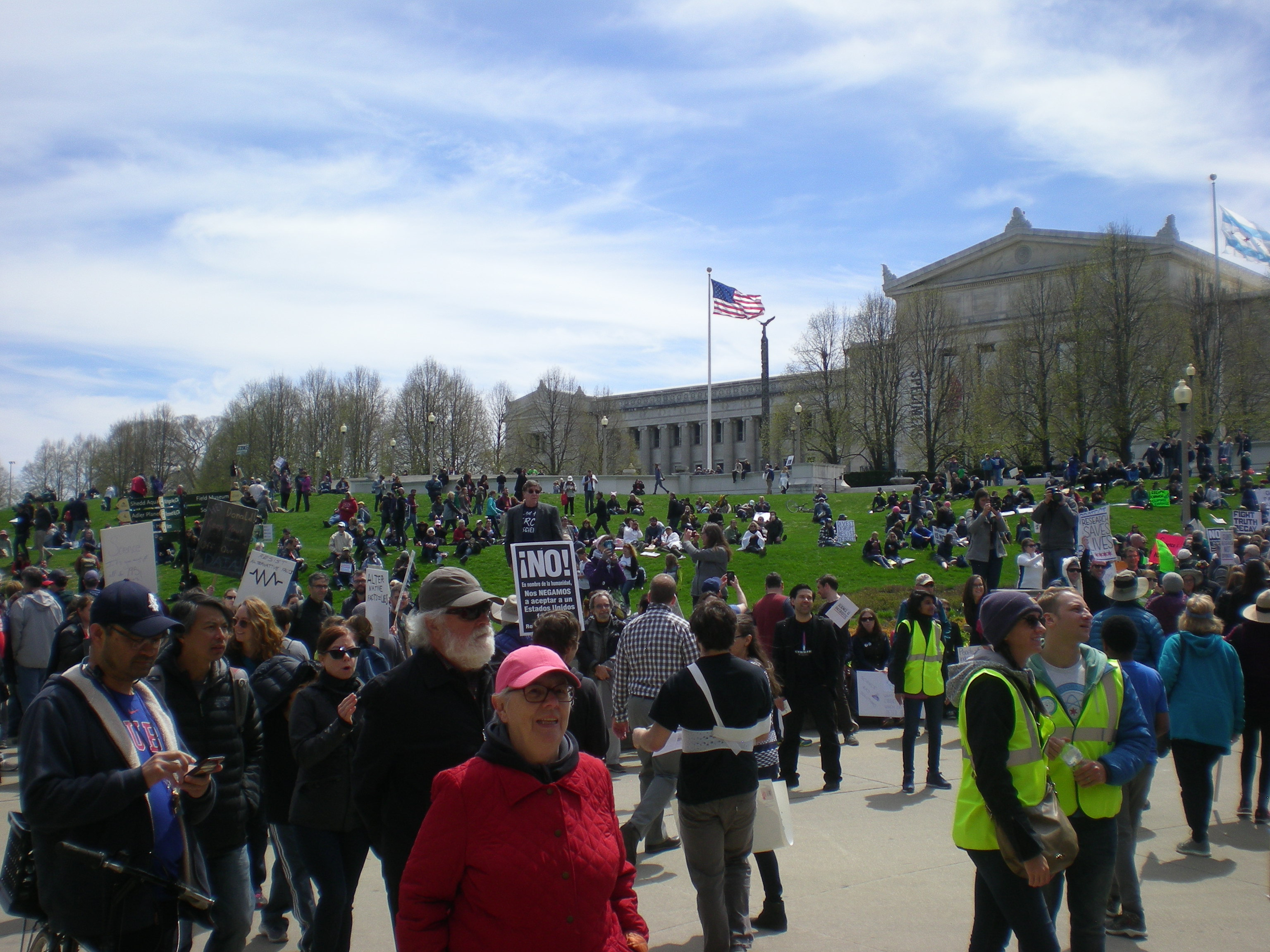 There were booths on the other side of the museum, but we’d had enough for the day and soon caught a bus back into the heart of the Loop. Some other marchers were on the bus, too, along with their signs. Not something you see all the time on mass transit.
There were booths on the other side of the museum, but we’d had enough for the day and soon caught a bus back into the heart of the Loop. Some other marchers were on the bus, too, along with their signs. Not something you see all the time on mass transit.



